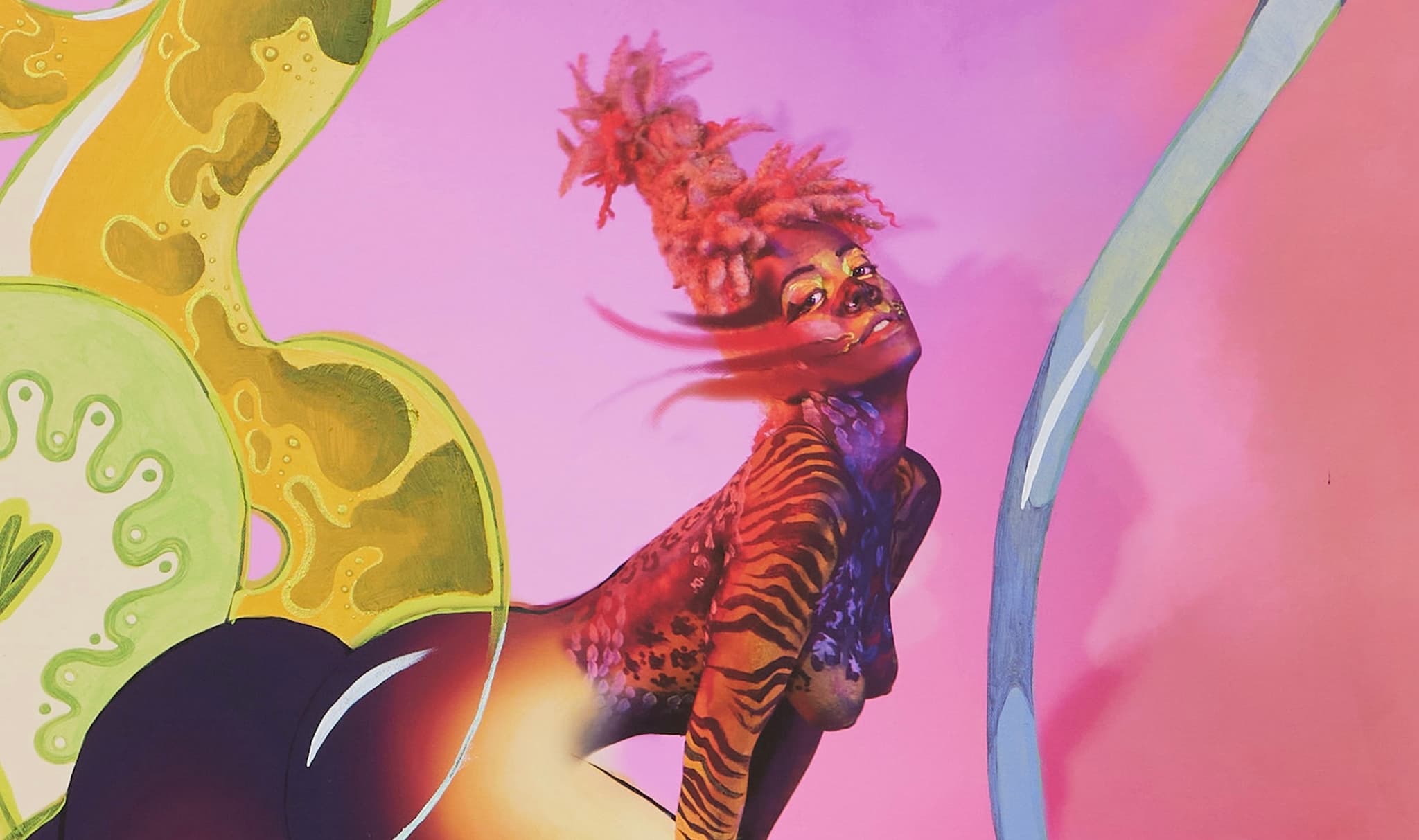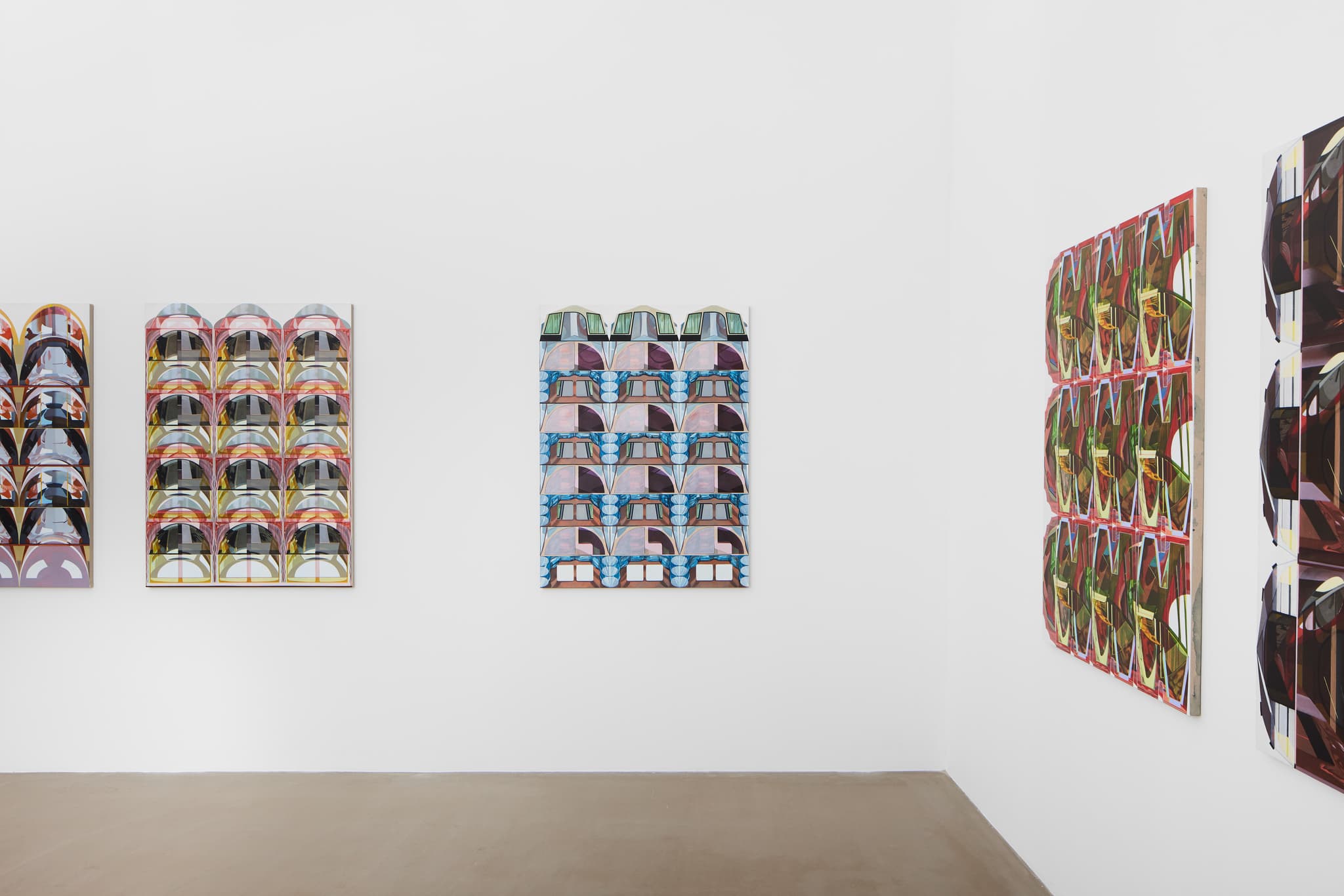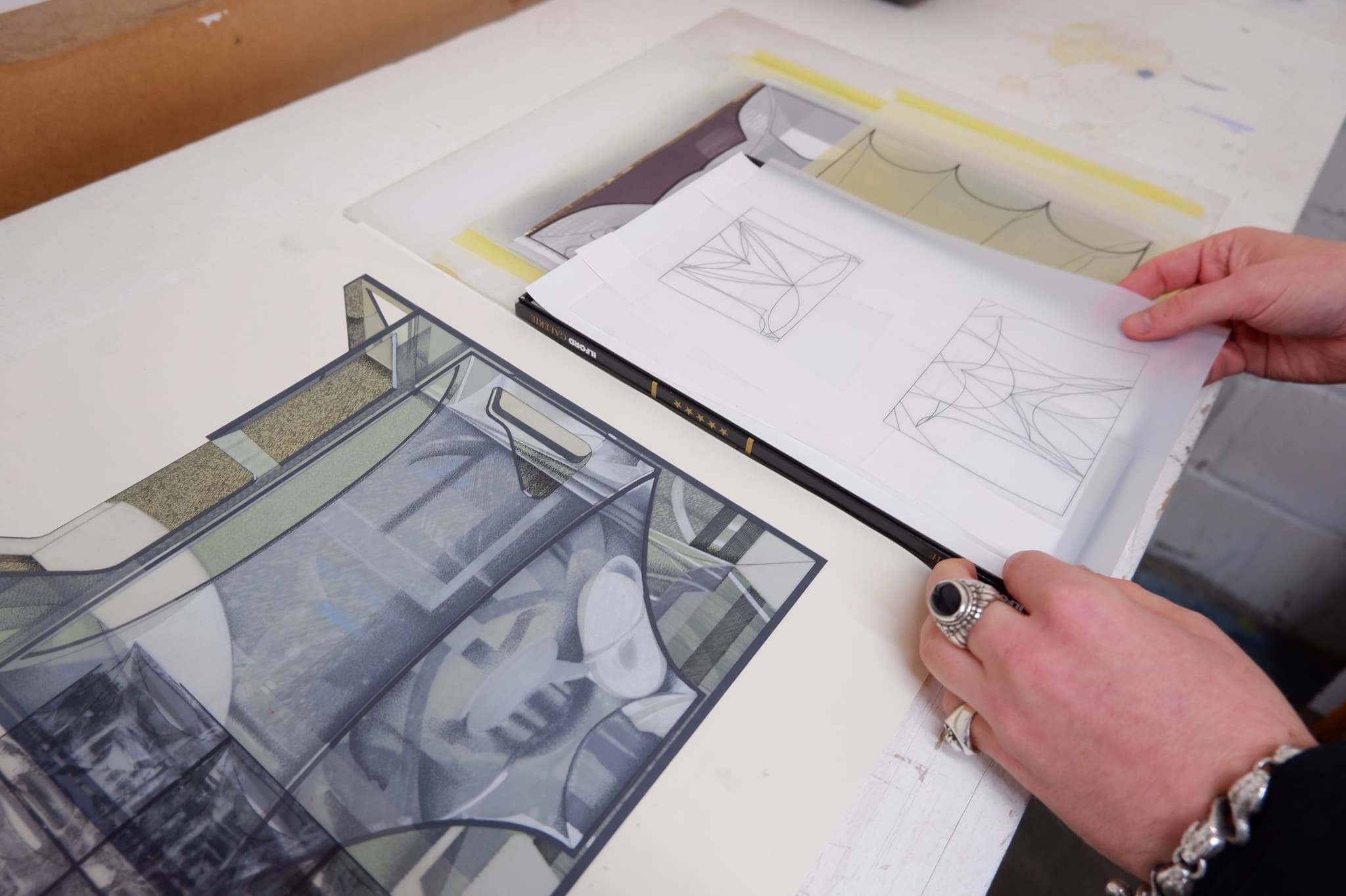Michael Andrew Page
Emotional utterances of relinquished objects provide London-based painter Michael Andrew Page the preliminary signals for enquiry across his practice. Across his works a gravity subjected, light-perforated bivvy performs as the antithesis of the Gothic vernacular, whilst maintaining cognitive recognition regarding function. A shielding congregational structure, covert, singular, deployable.
Page’s ongoing series Bivvy makes use of the eponymous single person dwelling as the starting point for each painting. Through a complex series of analogue and digital processes, the humble tent is transformed into something that resembles stained glass, more rooted in a gothic vernacular; worthy of spiritual contemplation.
Using architecture as a means to explore abstraction, Page painstakingly transcribes architectonic components typical of found bivvy structures into the architectural software programme CAD. These are then multiplied and manipulated to produce a 3D model, which forms the basis for his compositions. The initial image is transferred from CAD to canvas via the photographic method of cyanotype, after which, Page adds layers upon layers of oil paint in a slow meditative process, a monastic reverie if you will.
In his second solo exhibition at Project Native Informant, CLAUSTRUM, the title has a multitude of meanings: “a hidden place", "hidden away”, “draw near to”, “a portion of a monastery closed off to the laity”. Taken together, these definitions provide a useful way of analysing the key concerns of Page’s practice. The more one tries to decode the fractal-like geometry of Page’s compositions, the less the structures reveal themselves. Lines disintegrate, light refracts and space collapses.
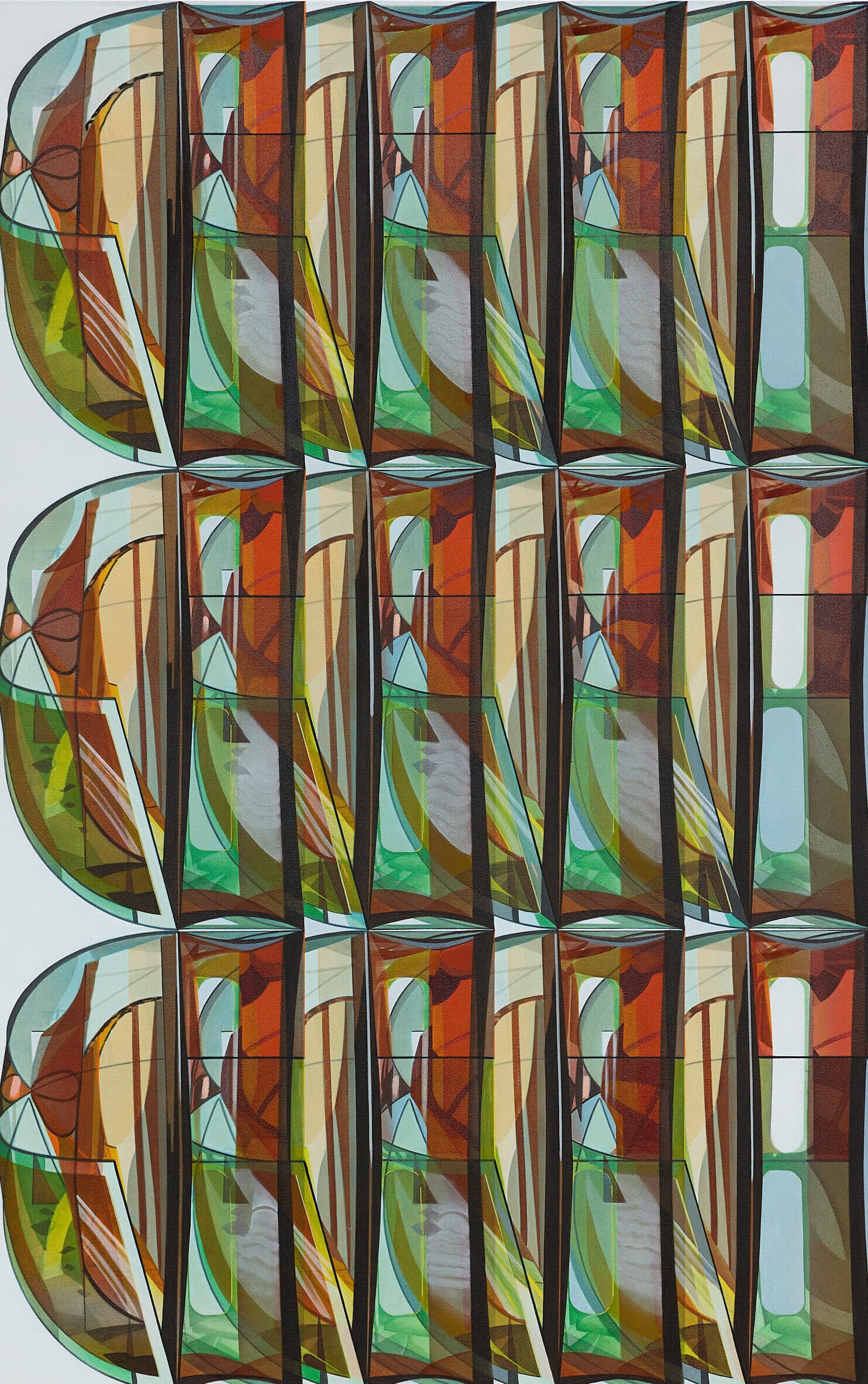
Michael Andrew Page
Detail: Bivvy 18
2023
Oil on linen
120 x 76.2 x 2.5 cm (47 1/4 x 30 x 1 in)
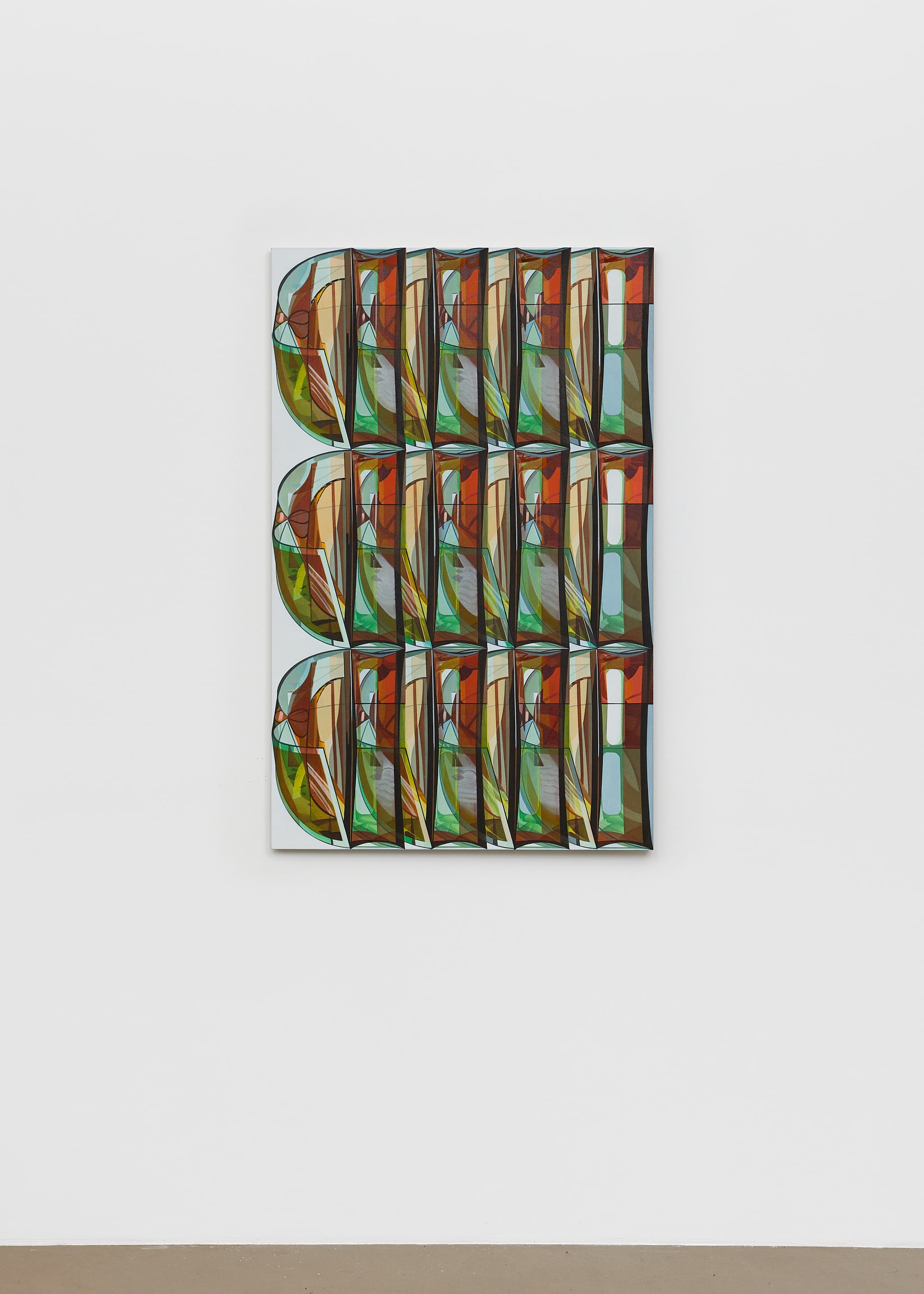
Michael Andrew Page
Bivvy 18
2023
Oil on linen
120 x 76.2 x 2.5 cm (47 1/4 x 30 x 1 in)
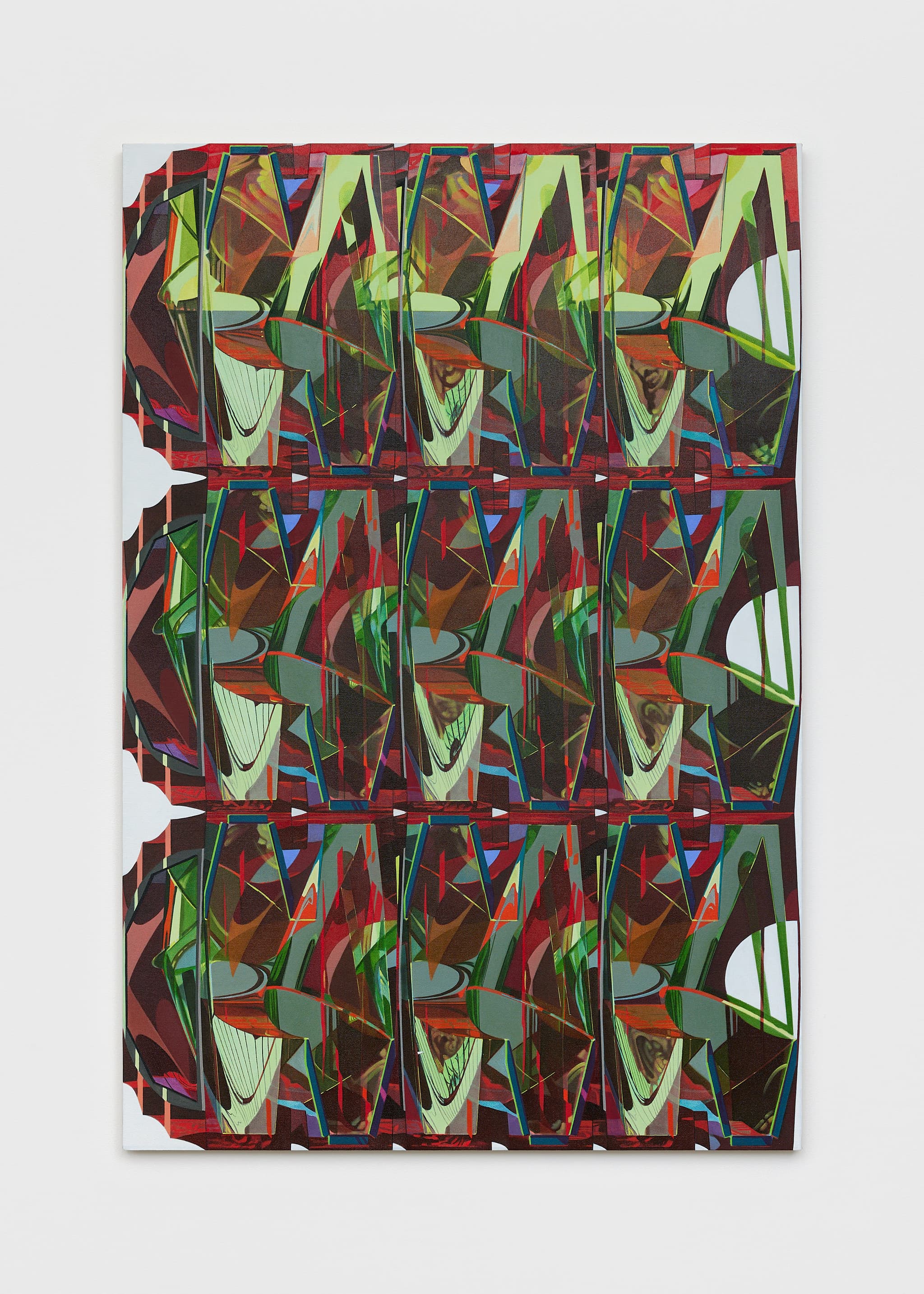
Michael Andrew Page
Bivvy 15, 2023
2023
Oil on linen
120 x 81.2 x 2.5 cm (47 1/4 x 32 x 1 in)
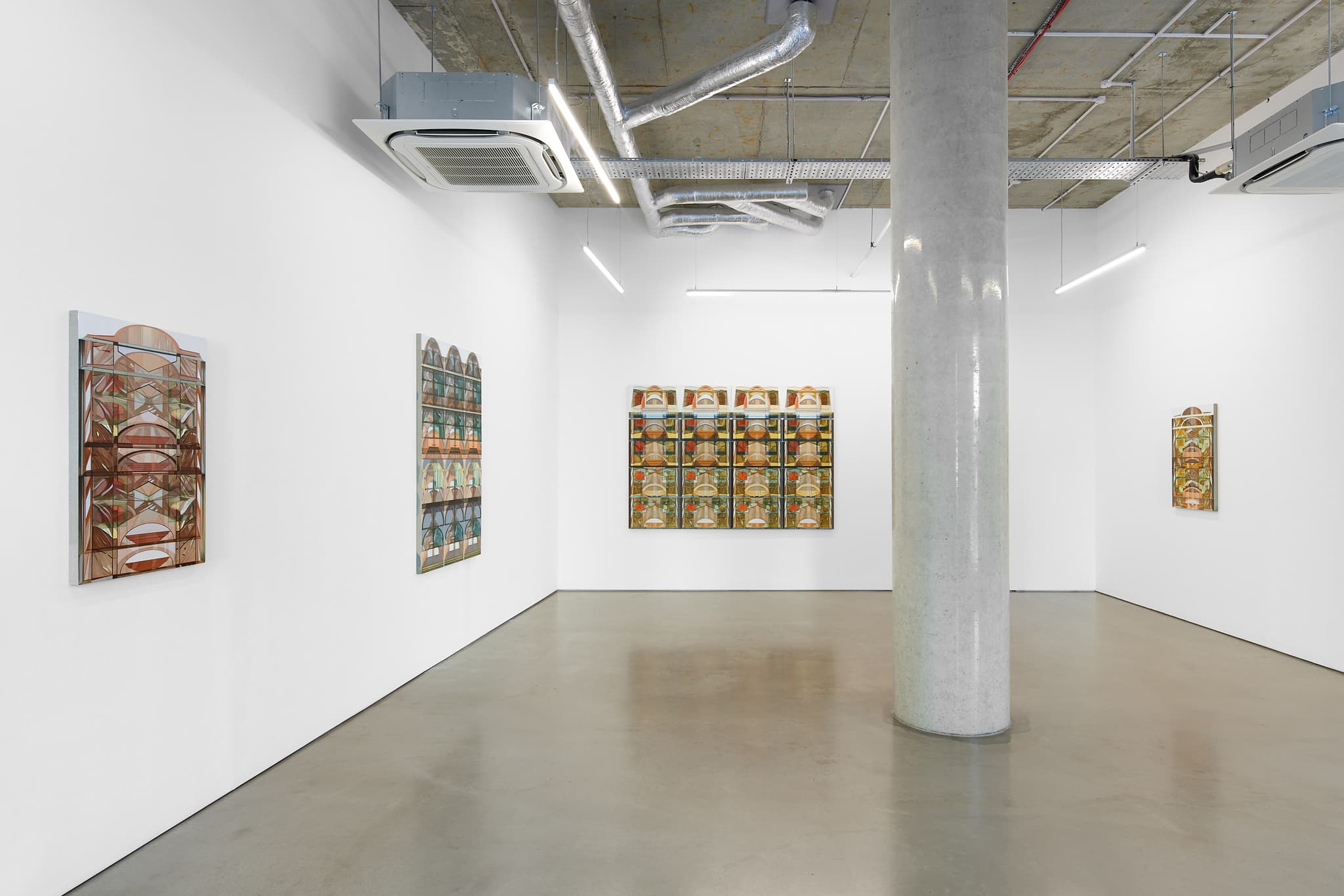
Installation View
Michael Andrew Page
CLAUSTRUM, 2024
Project Native Informant, London
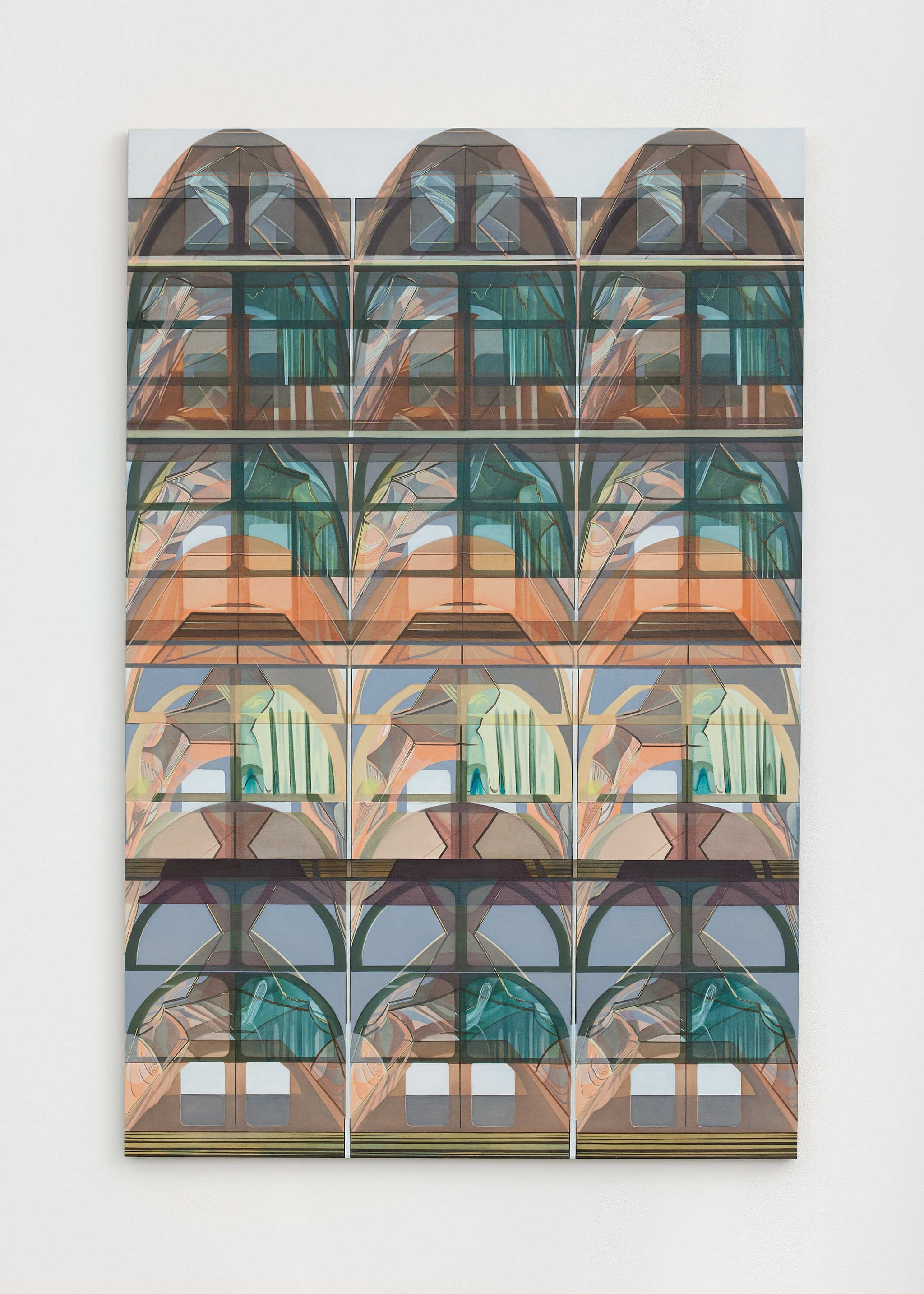
Michael Andrew Page
Bivvy 22
2024
Oil on linen
150.5 x 98.5 x 3.5 cm
59 1/4 x 38 3/4 x 1 3/8 in
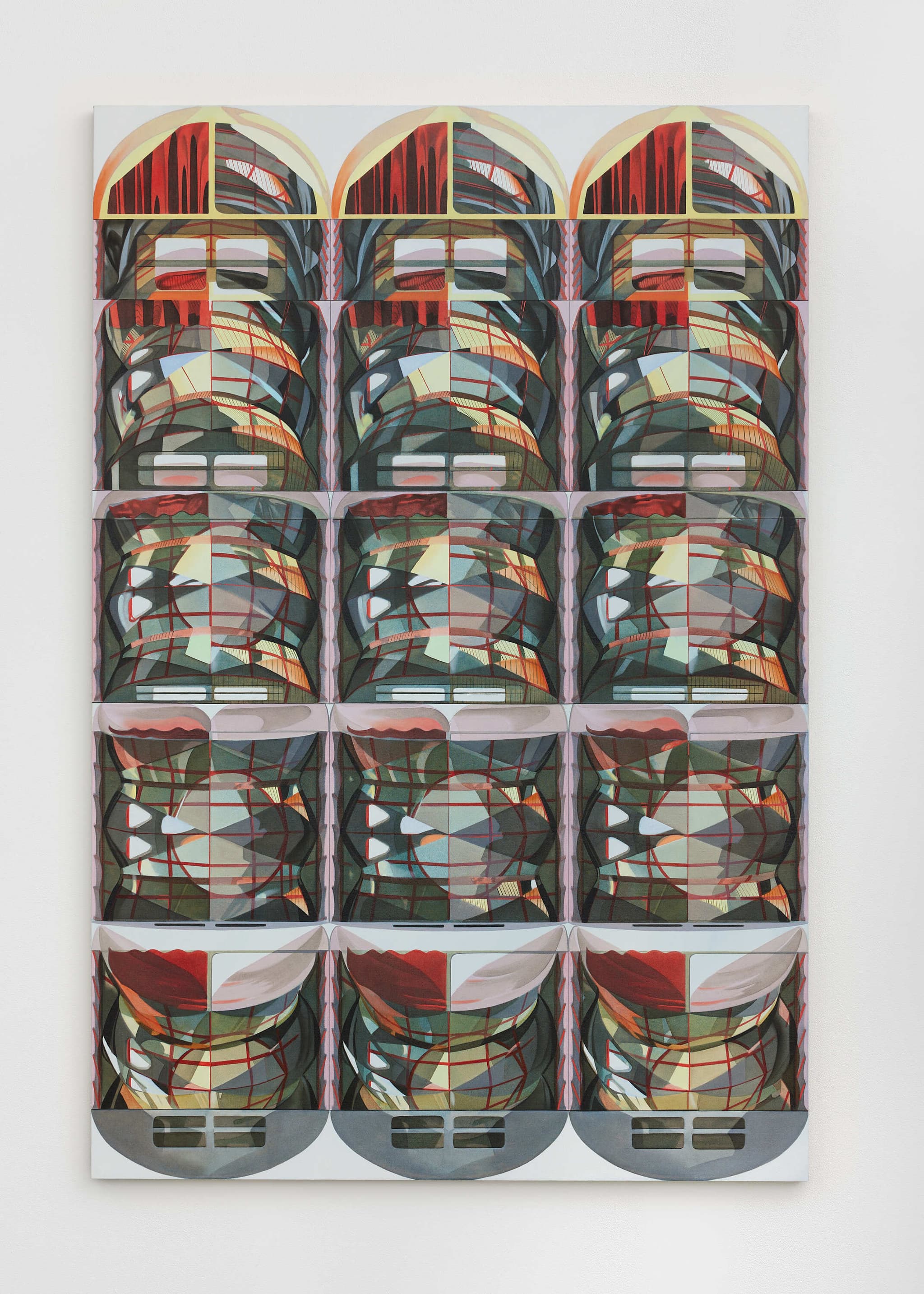
Michael Andrew Page
Bivvy 21
2024
Oil on linen
150.5 x 100 x 3.5 cm
59 1/4 x 39 3/8 x 1 3/8 in
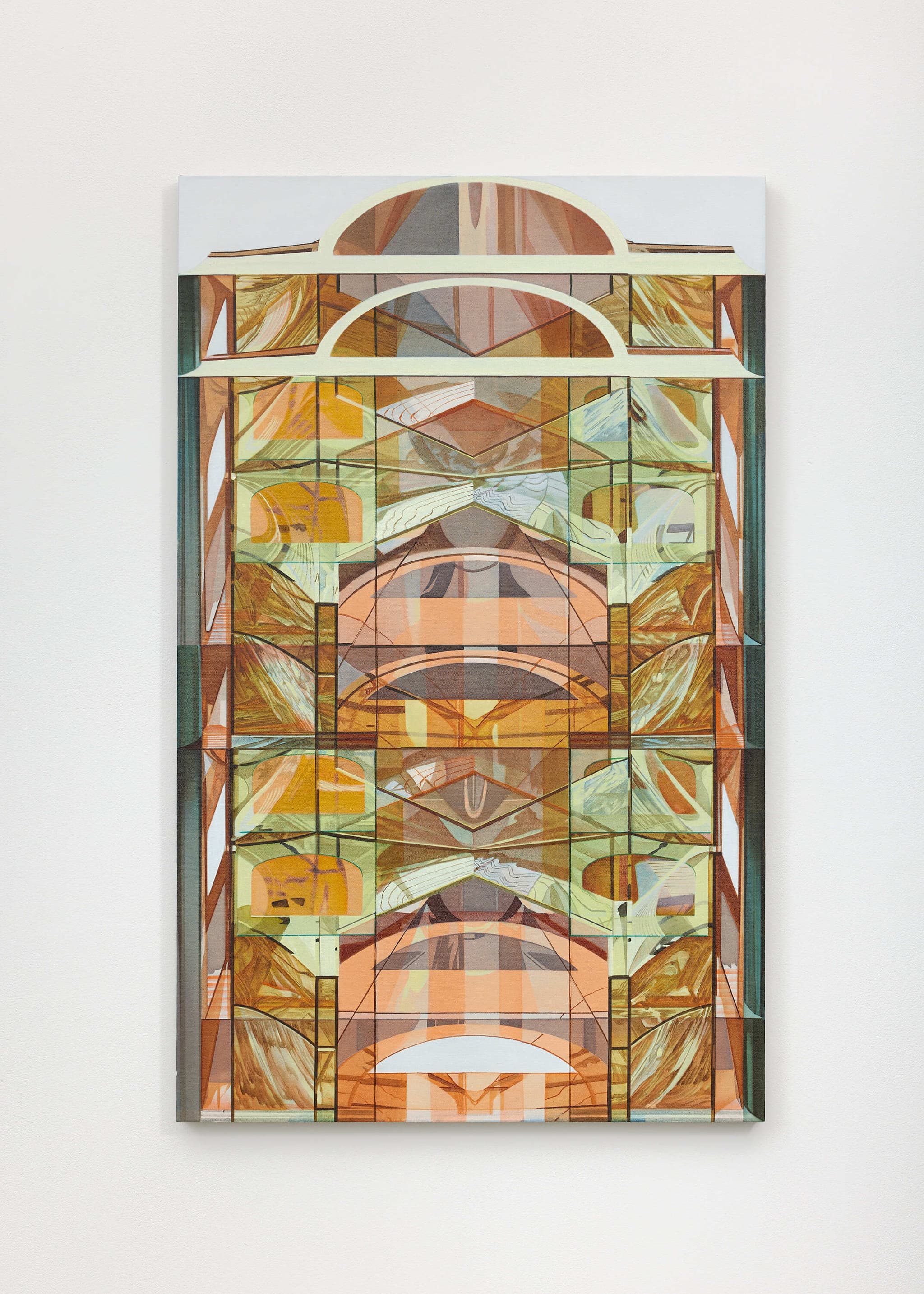
Michael Andrew Page
Bivvy 25
2024
Oil on linen
86.5 x 54 x 3.5 cm
34 x 21 1/4 x 1 3/8 in
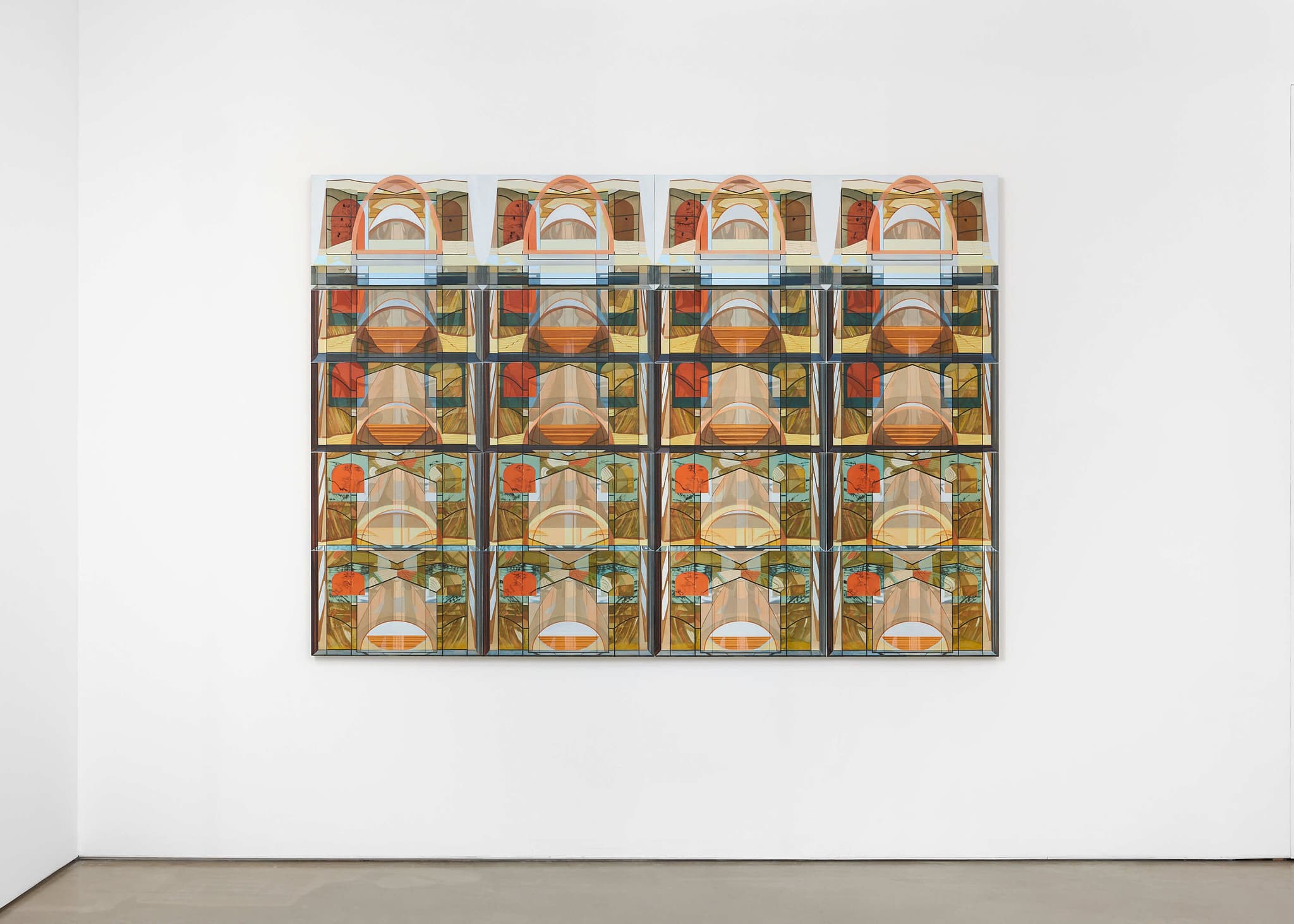
Installation View
Michael Andrew Page
CLAUSTRUM, 2024
Project Native Informant, London
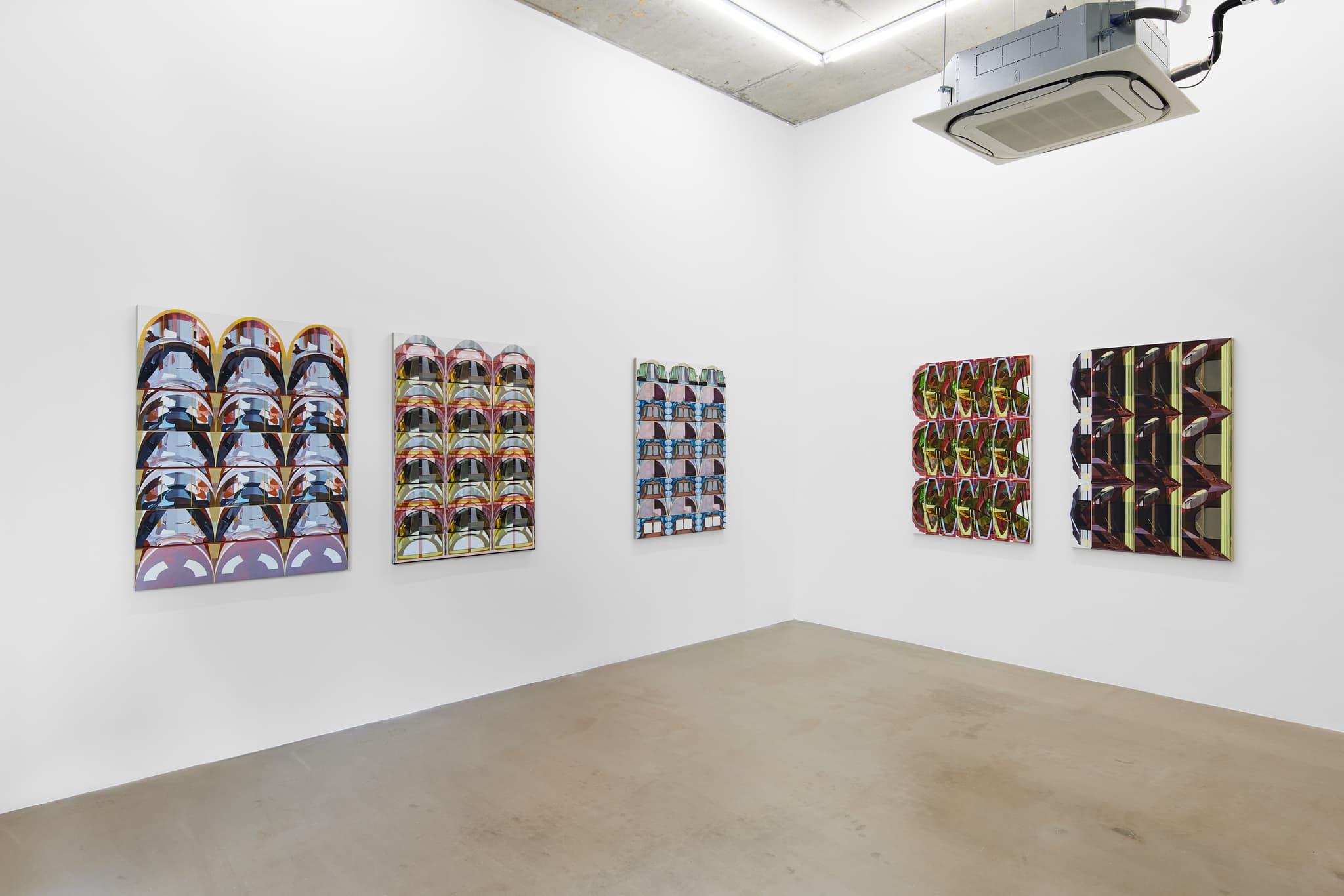
Installation View
Michael Andrew Page
PYGHTLE, 2022
Project Native Informant, London
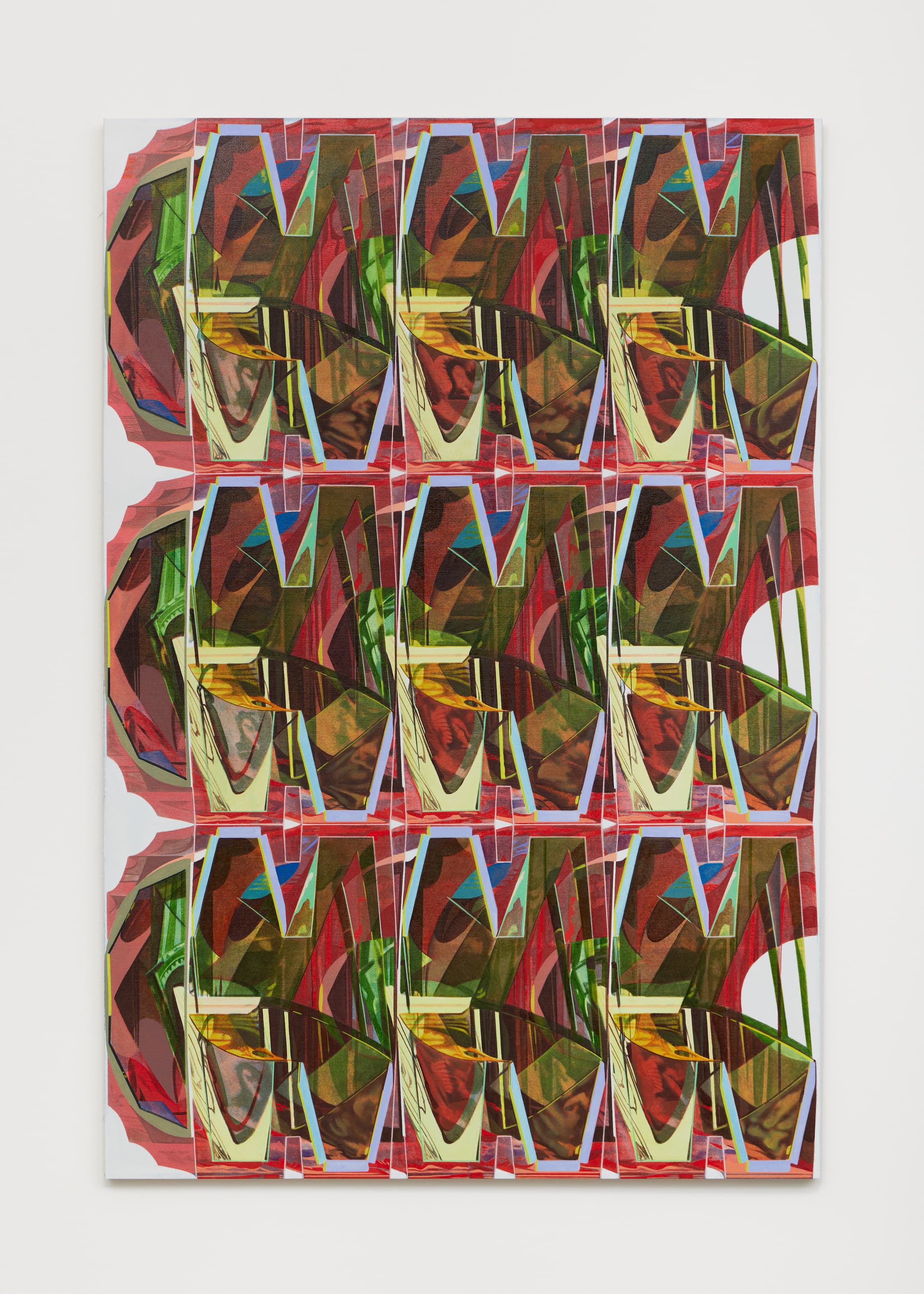
Michael Andrew Page
Bivvy 7
2022
Oil on linen
120 x 81 x 2.5 cm
47 1/4 x 31 7/8 x 1 in
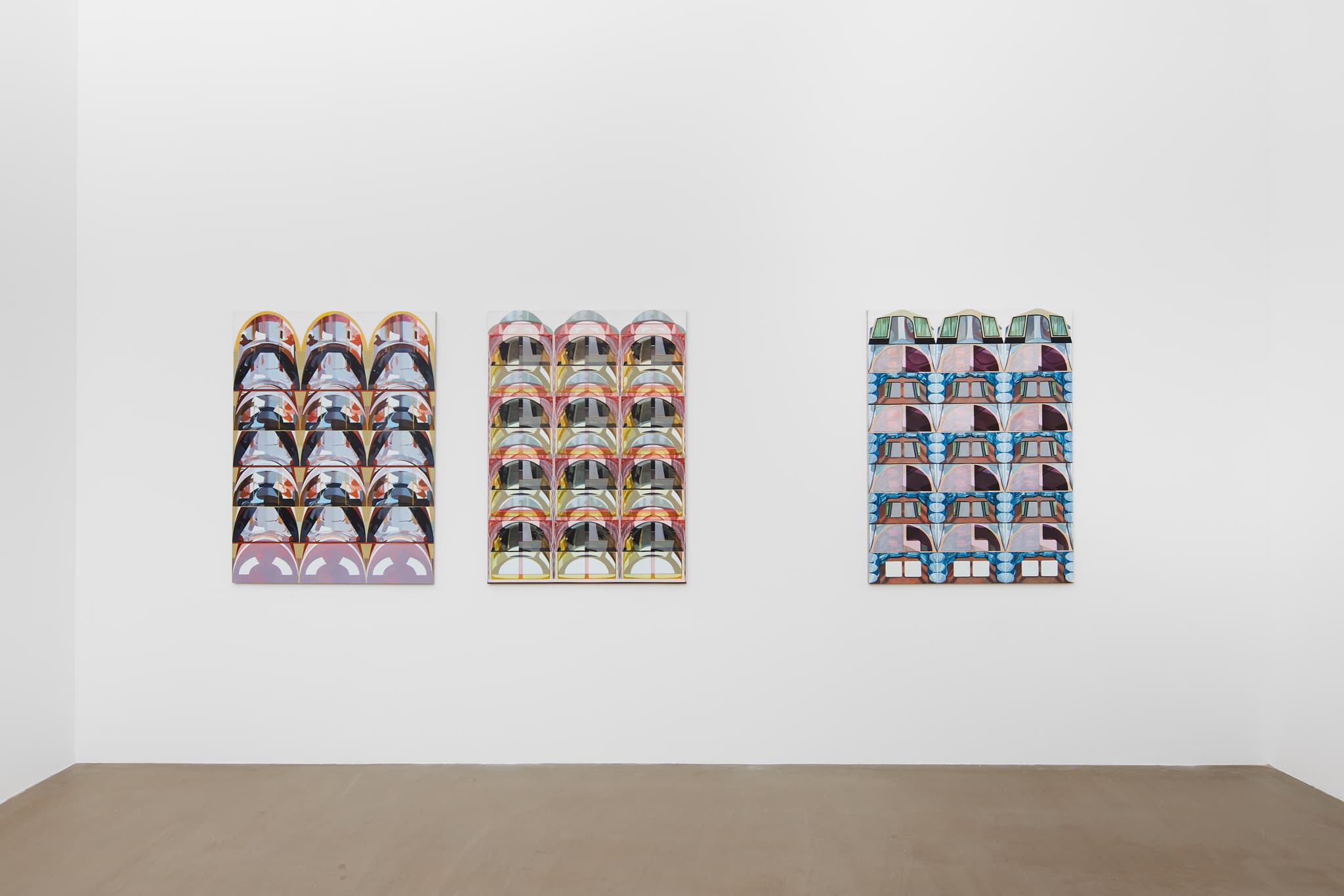
Installation View
Michael Andrew Page
PYGHTLE, 2022
Project Native Informant, London

Installation View
Michael Andrew Page
PYGHTLE, 2022
Project Native Informant, London
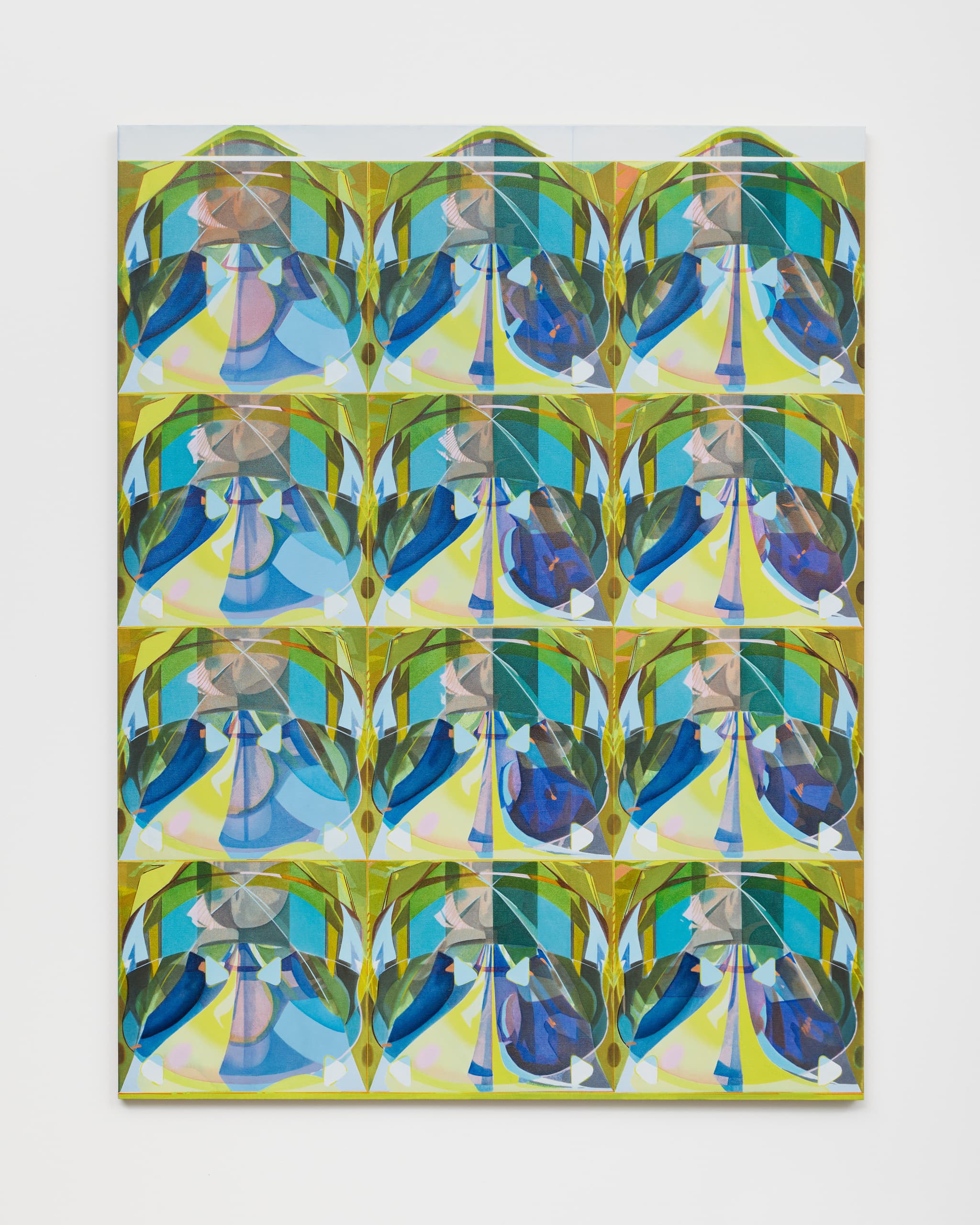
Michael Andrew Page
Bivvy 12
2022
Oil on linen
120 x 92 x 2.5 cm
47 1/4 x 36 1/4 x 1 in
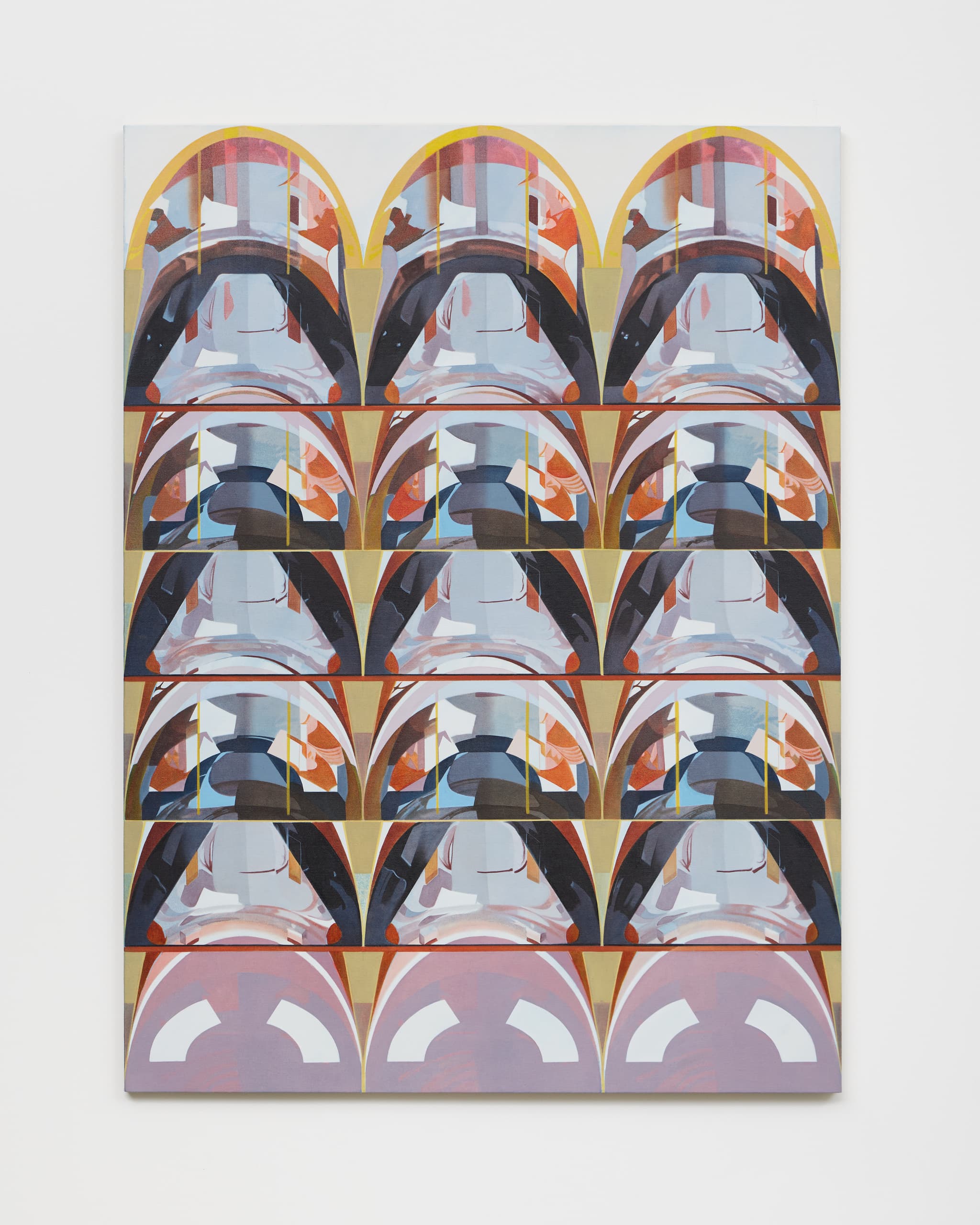
Michael Andrew Page
Bivvy 11
2022
Oil on linen
120 x 89 x 2.5 cm
47 1/4 x 35 x 1 in
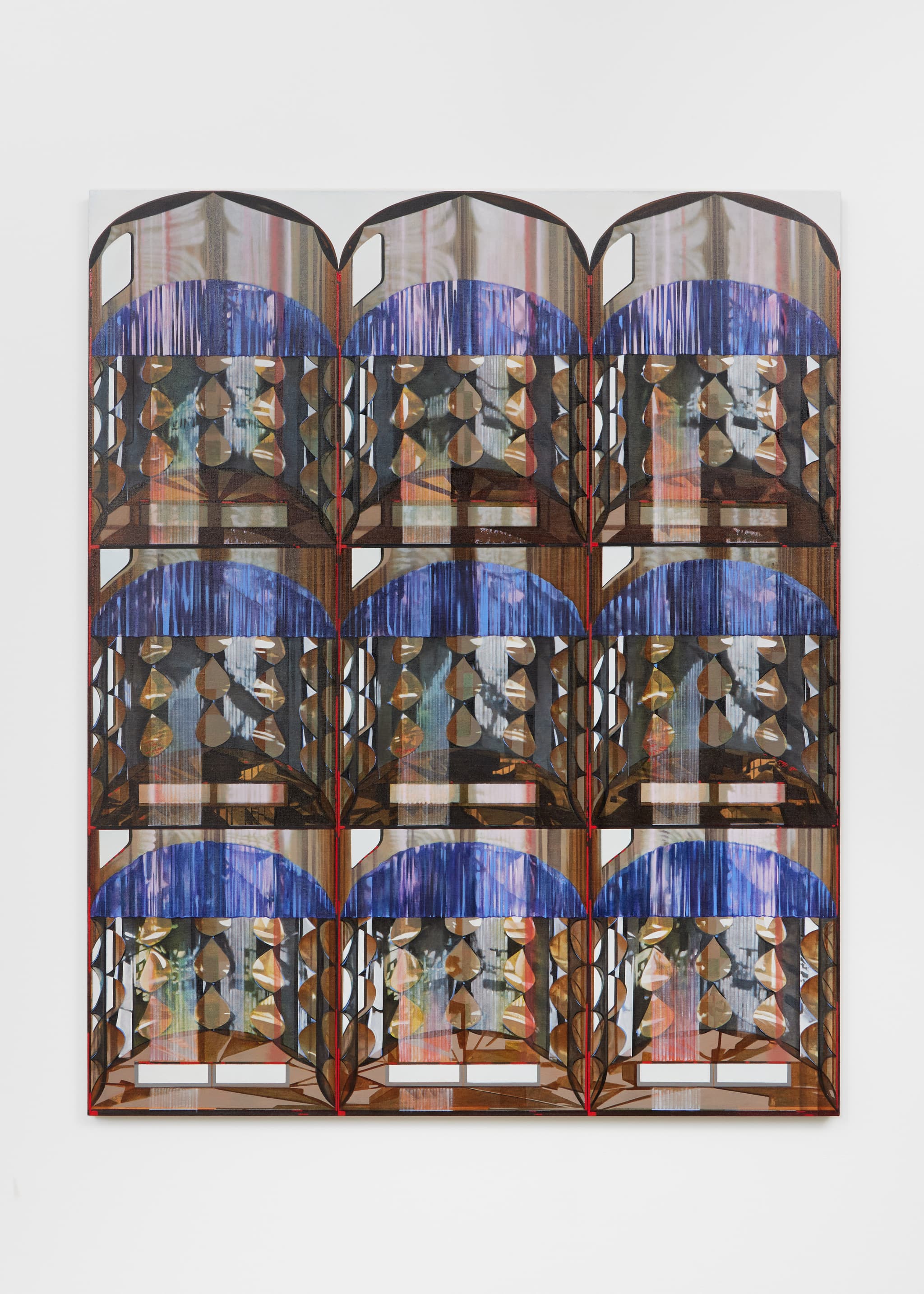
Michael Andrew Page
Bivvy 10
2022
Oil on linen
120 x 98 x 2.5 cm
47 1/4 x 38 5/8 x 1 in
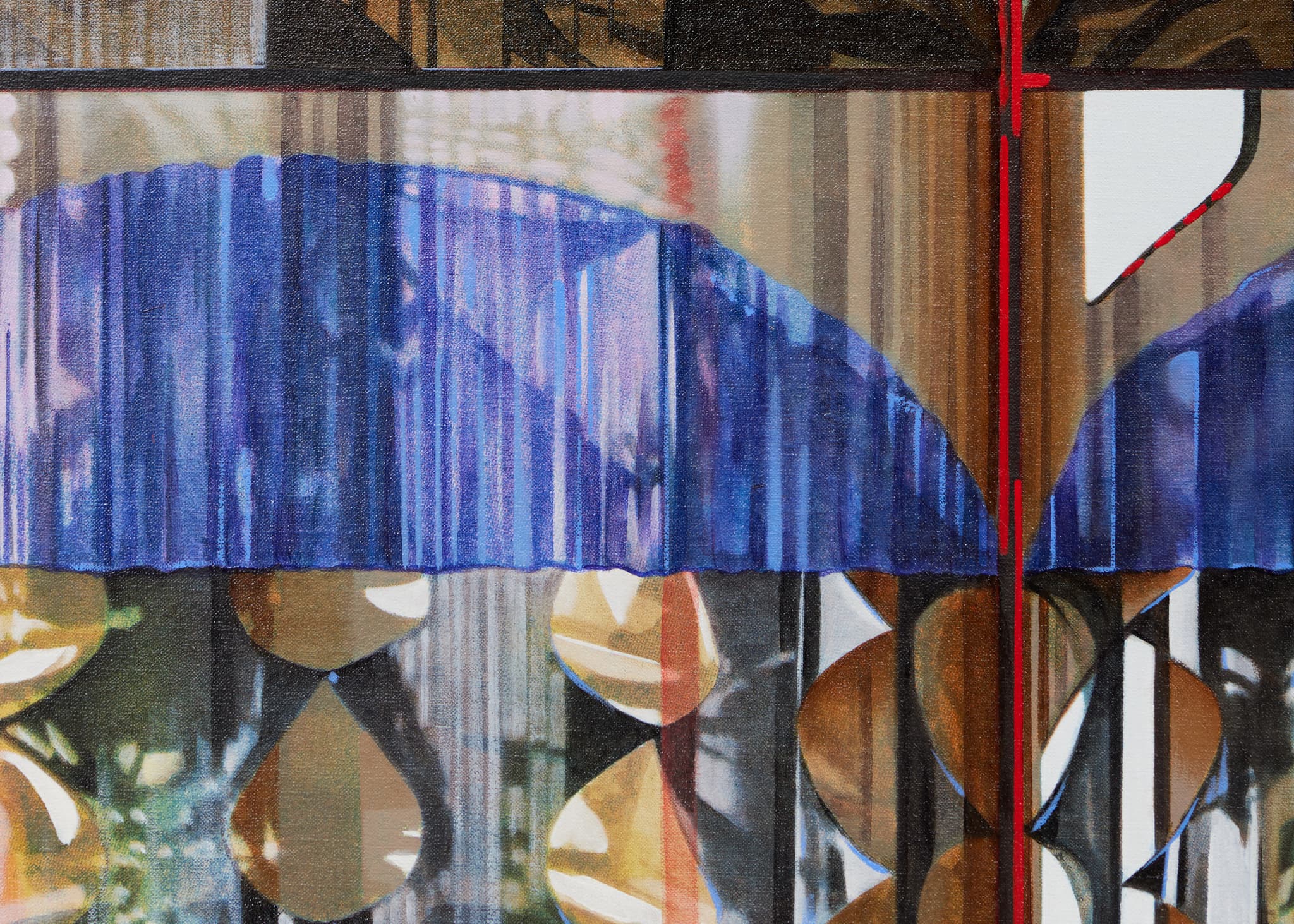
Michael Andrew Page
Detail: Bivvy 10
2022
Oil on linen
120 x 98 x 2.5 cm
47 1/4 x 38 5/8 x 1 in
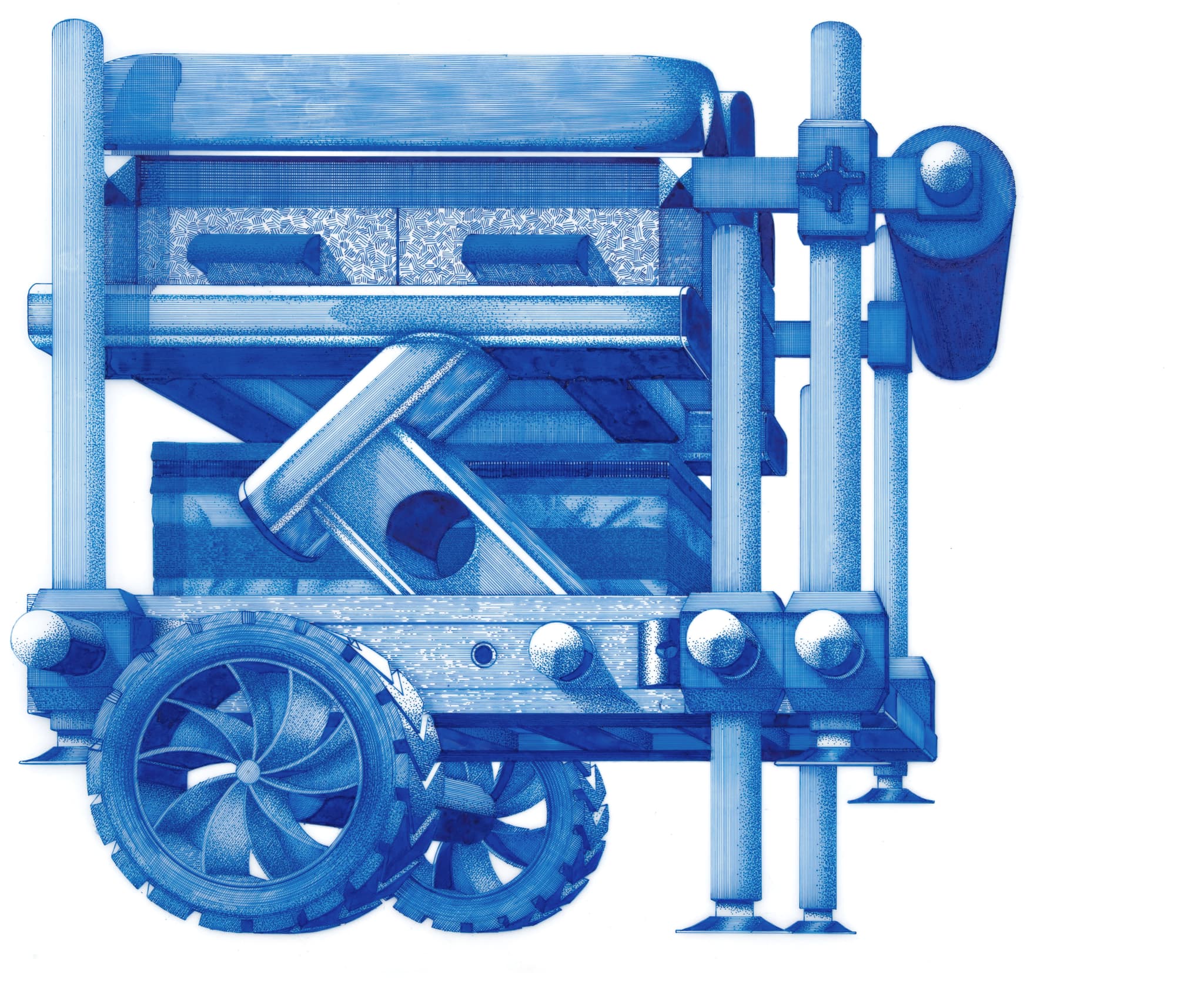
Michael Andrew Page
Collapsed Throne 3
2022
Pigment ink on drafting film, framed
27 x 29.8 cm
10 5/8 x 11 3/4 in
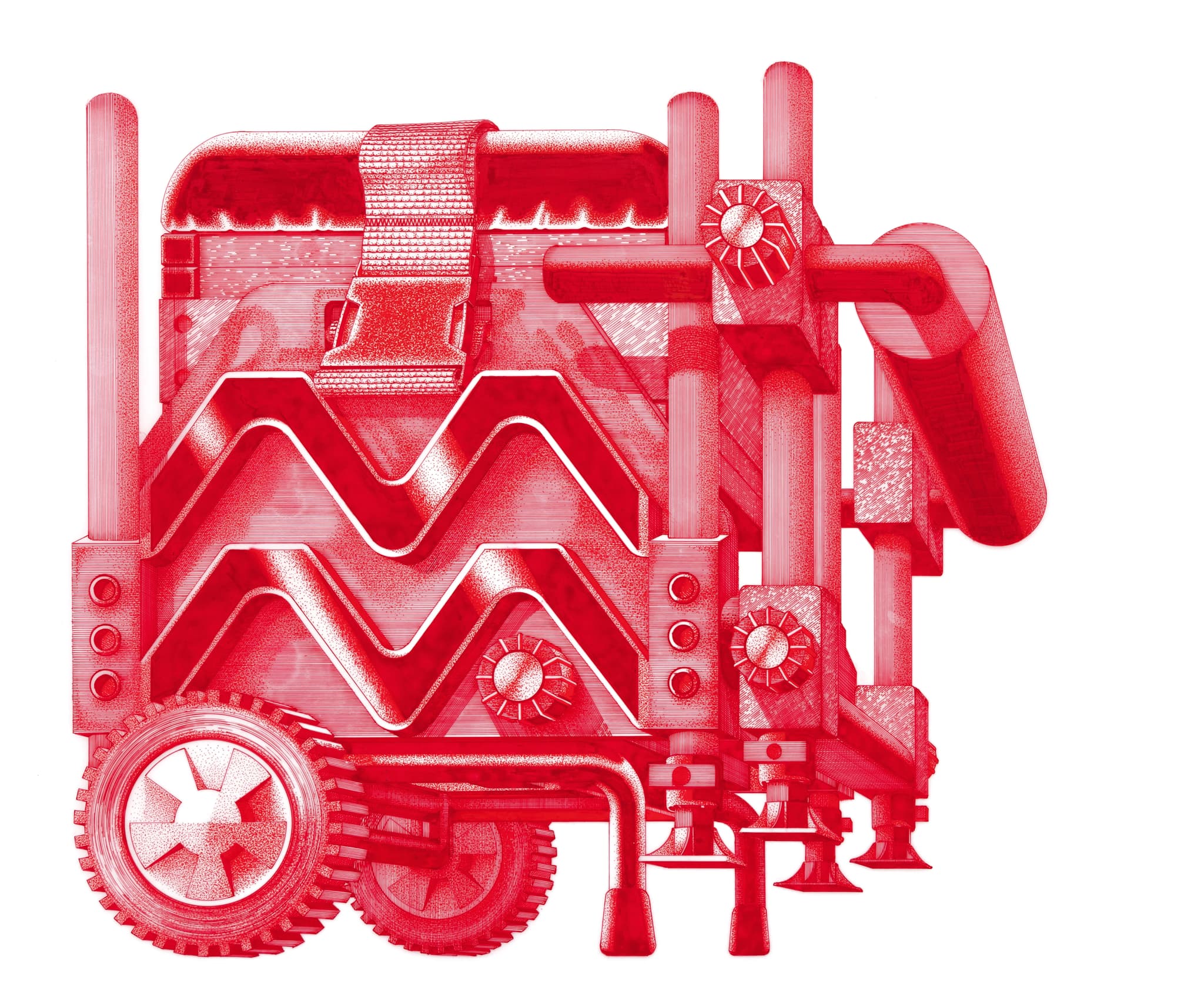
Michael Andrew Page
Collapsed Throne 2
2022
Pigment ink on drafting film, framed
26.5 x 28.9 cm
10 3/8 x 11 3/8 in
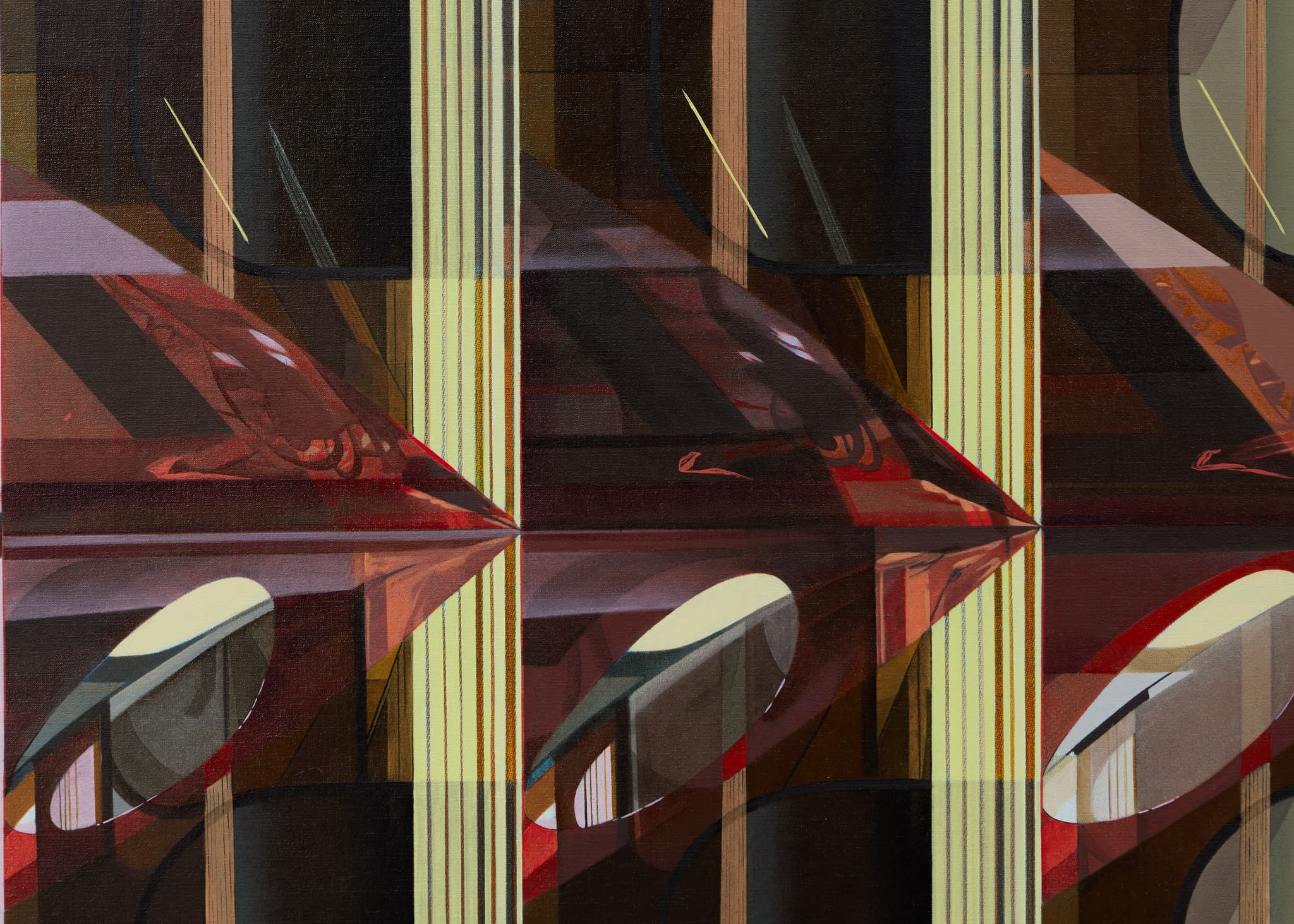
Michael Andrew Page
Detail: Bivvy 9
2022
Oil on linen
120 x 80.5 x 2.5 cm
47 1/4 x 31 3/4 x 1 in
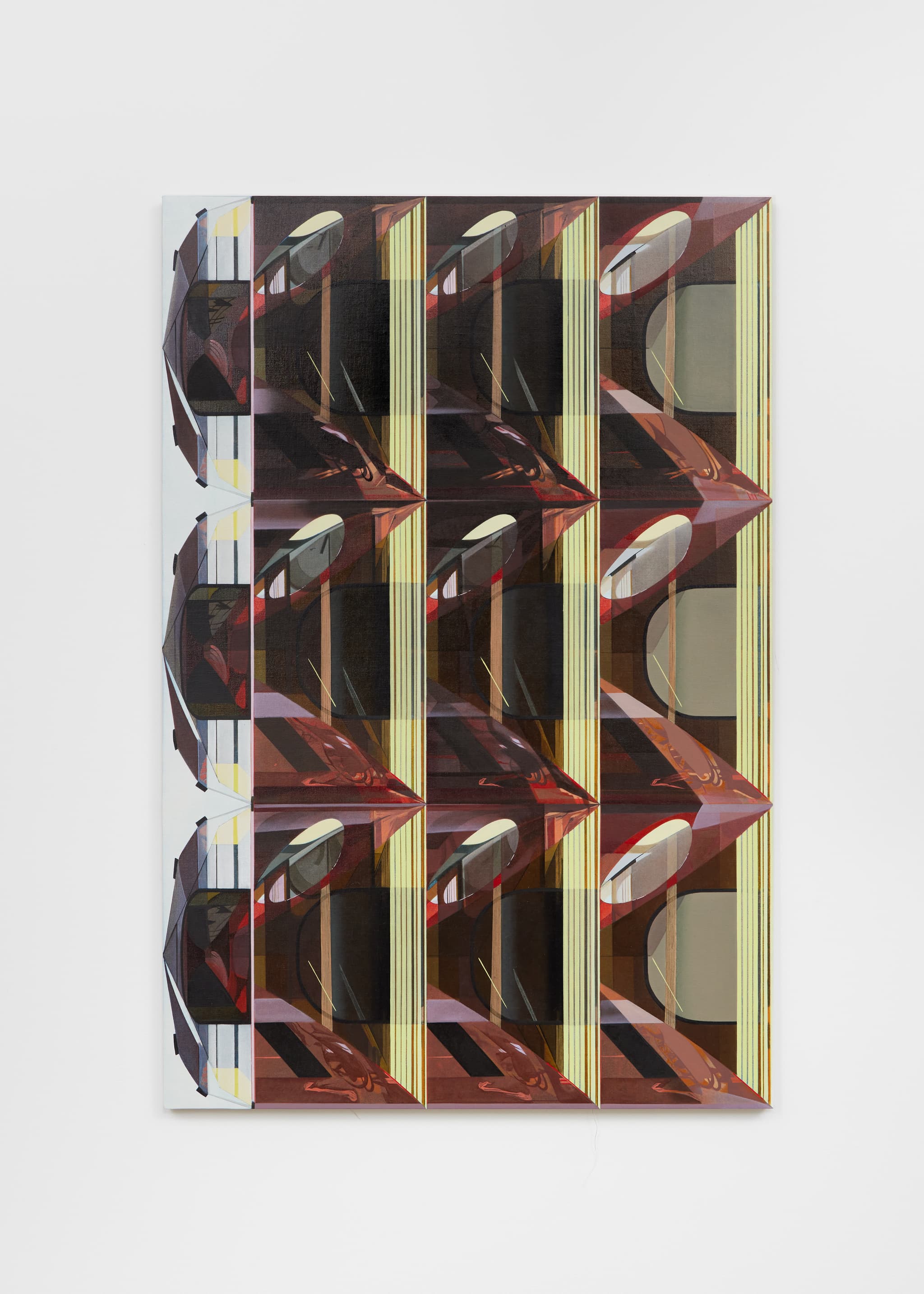
Michael Andrew Page
Bivvy 9
2022
Oil on linen
120 x 80.5 x 2.5 cm
47 1/4 x 31 3/4 x 1 in
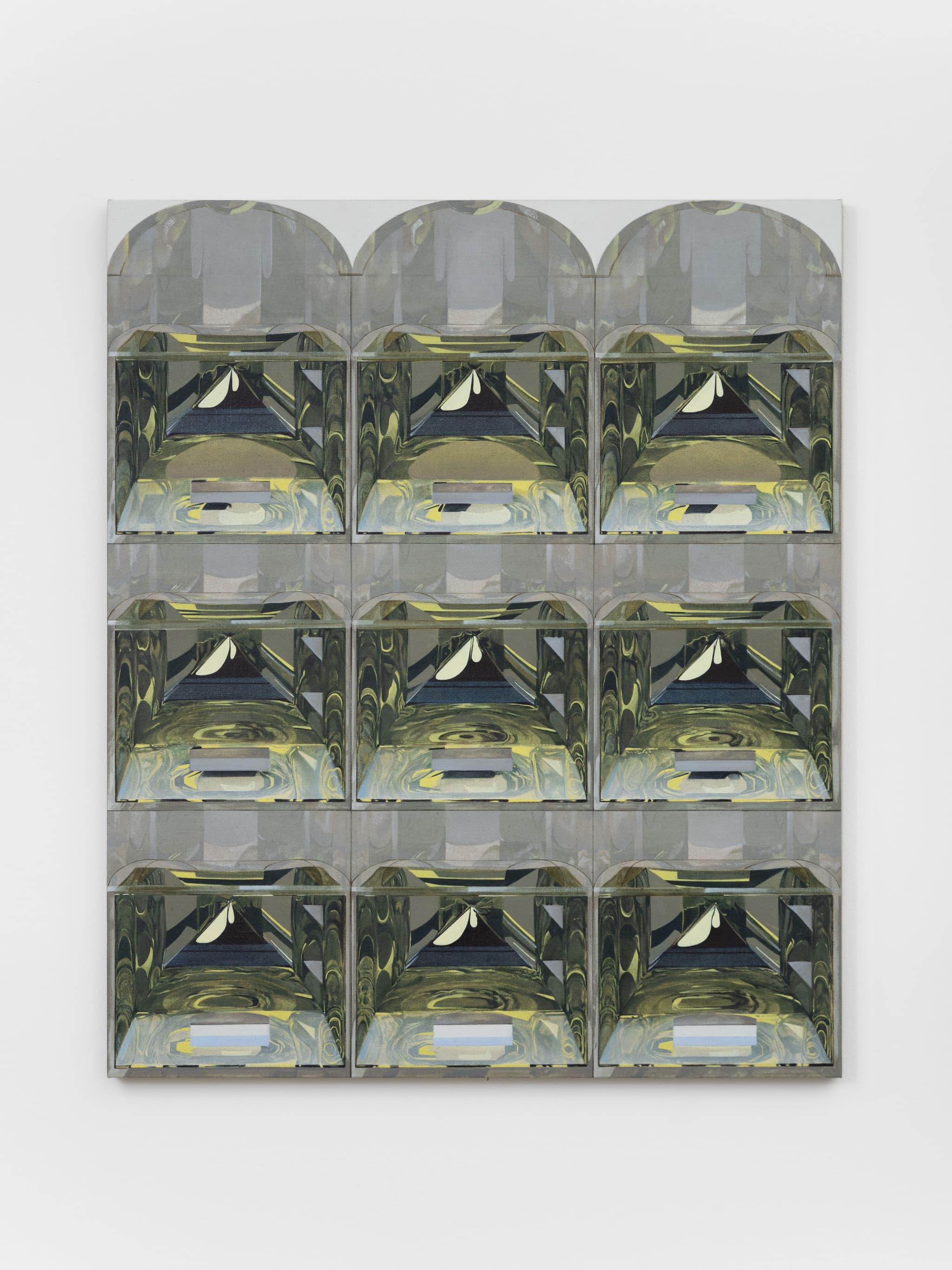
Michael Andrew Page
Bivvy 2
2022
Oil on linen
75 x 63 x 3 cm
29 1/2 x 24 3/4 x 1 1/8 in
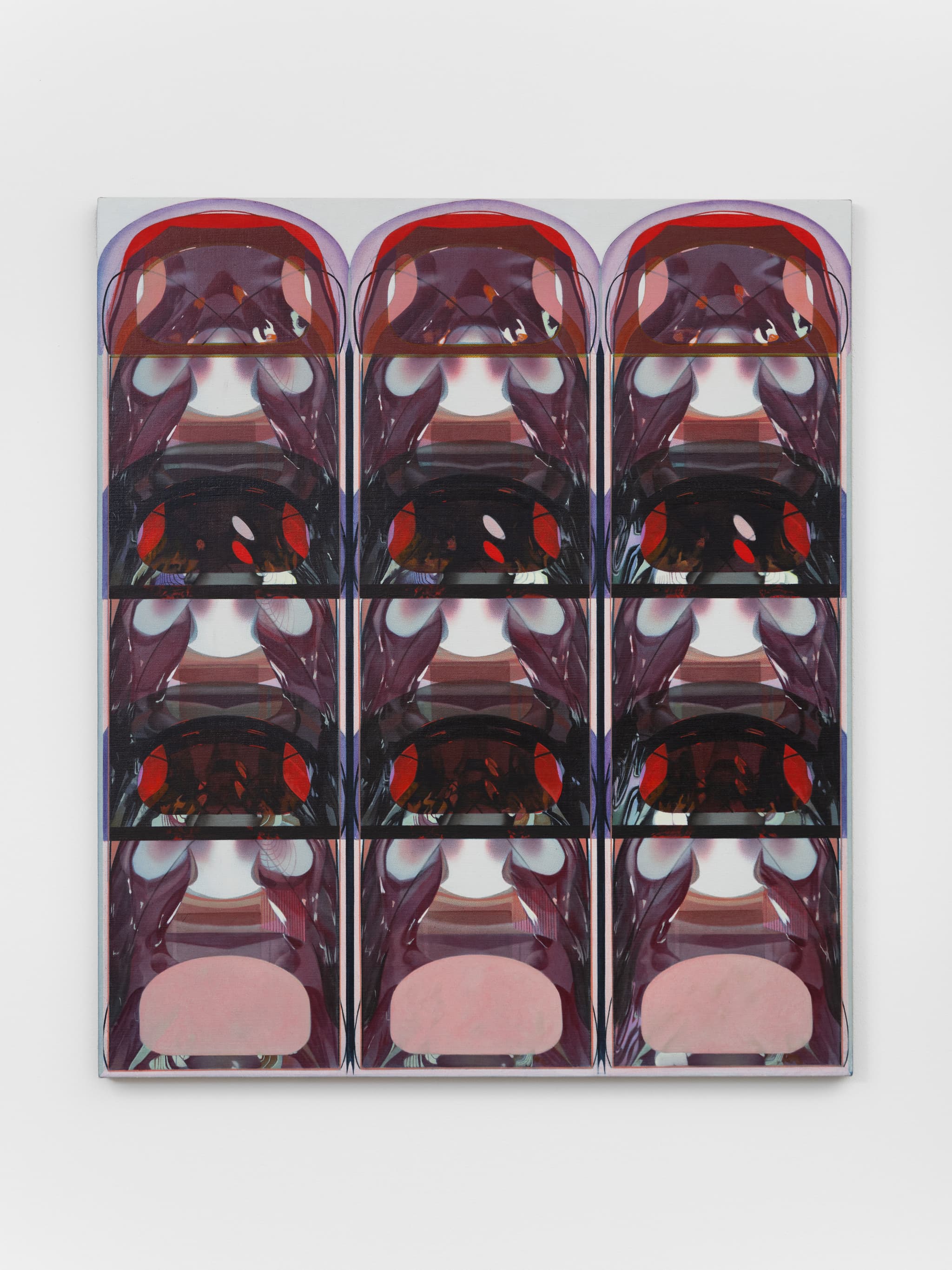
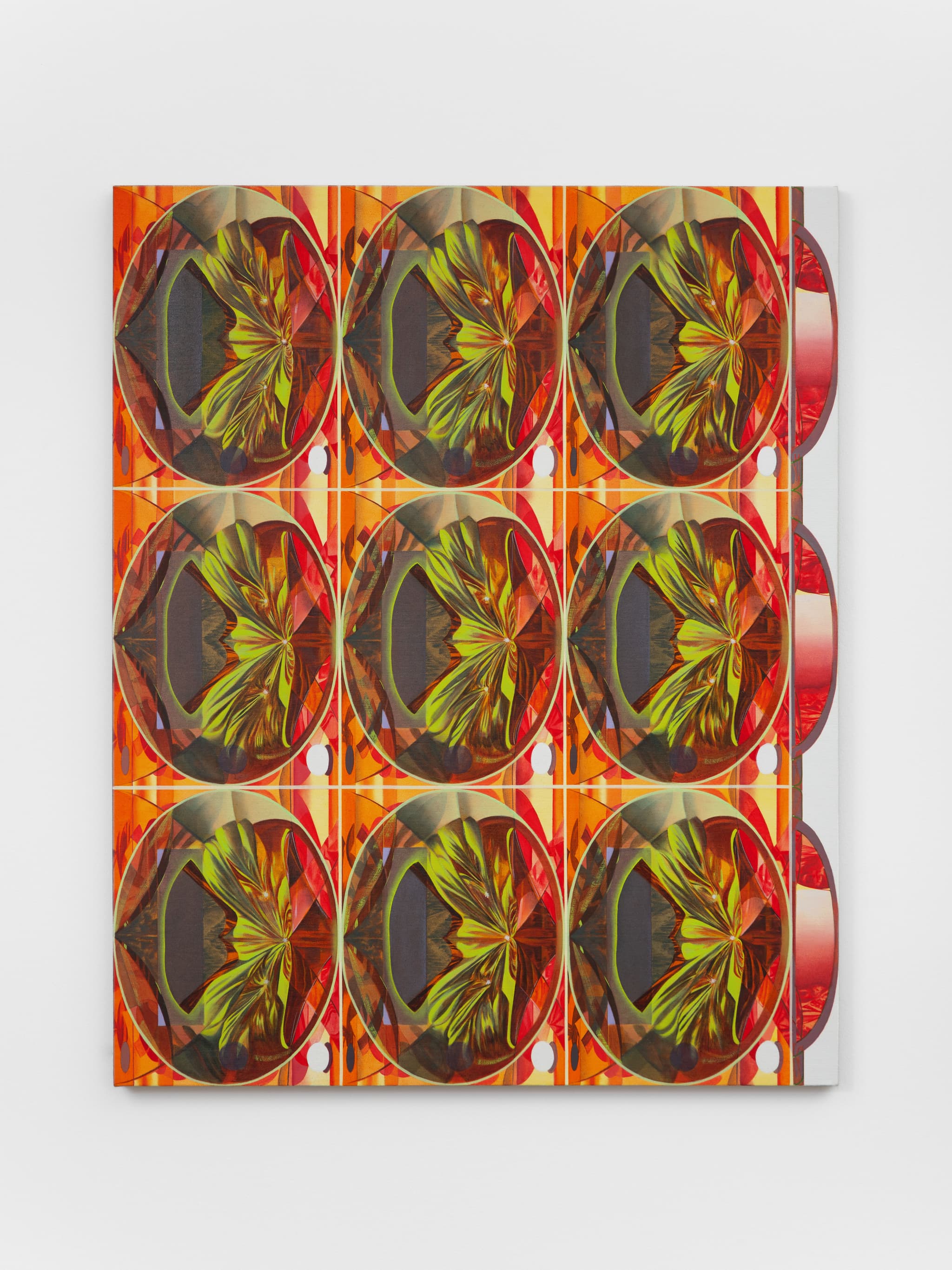
Michael Andrew Page
Bivvy 4
2022
Oil on linen
75 x 61 x 3 cm
29 1/2 x 24 1/8 x 1 1/8 in
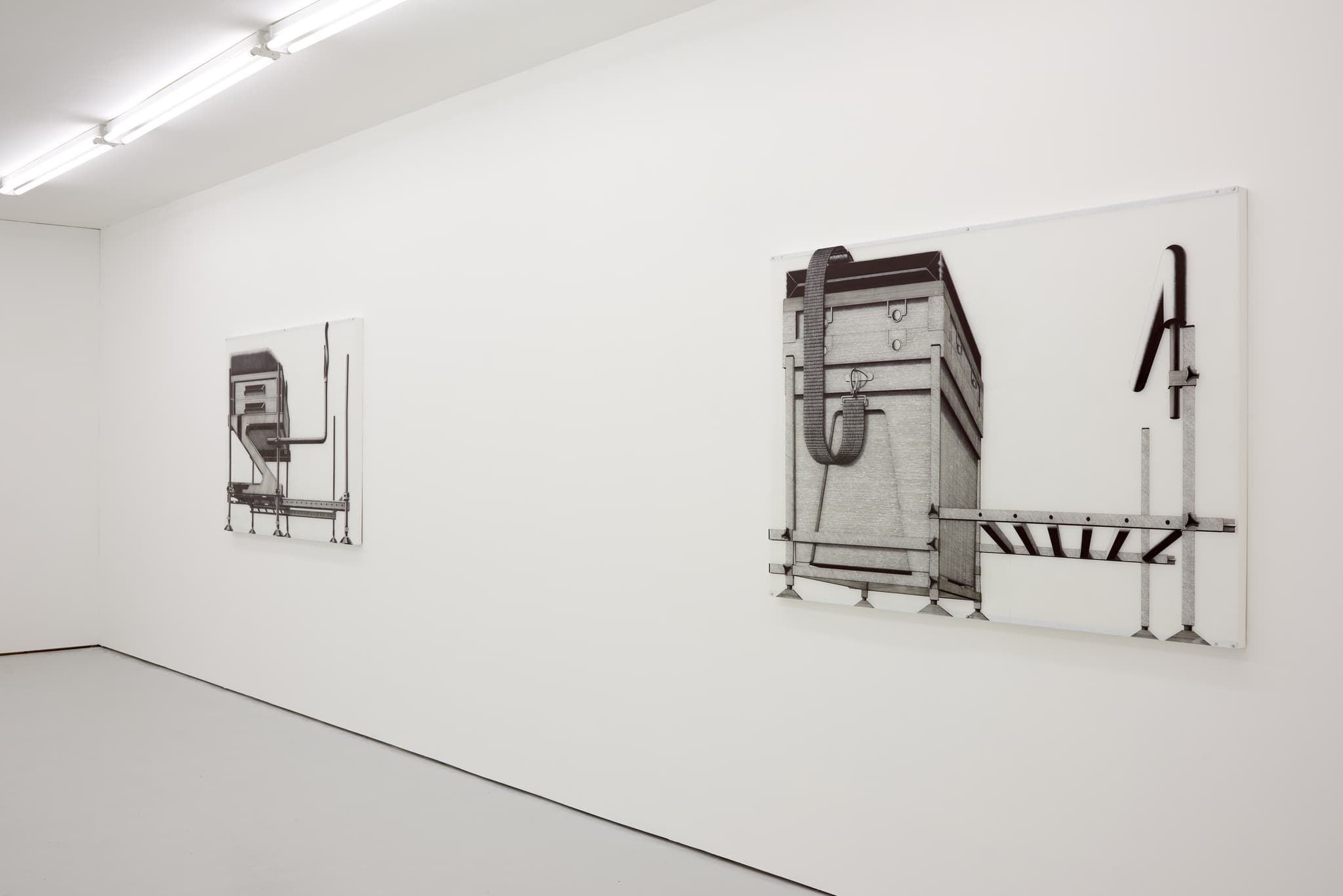
Installation View
Michael Andrew Page
FYSSHYNGE, 2019
Gao, London
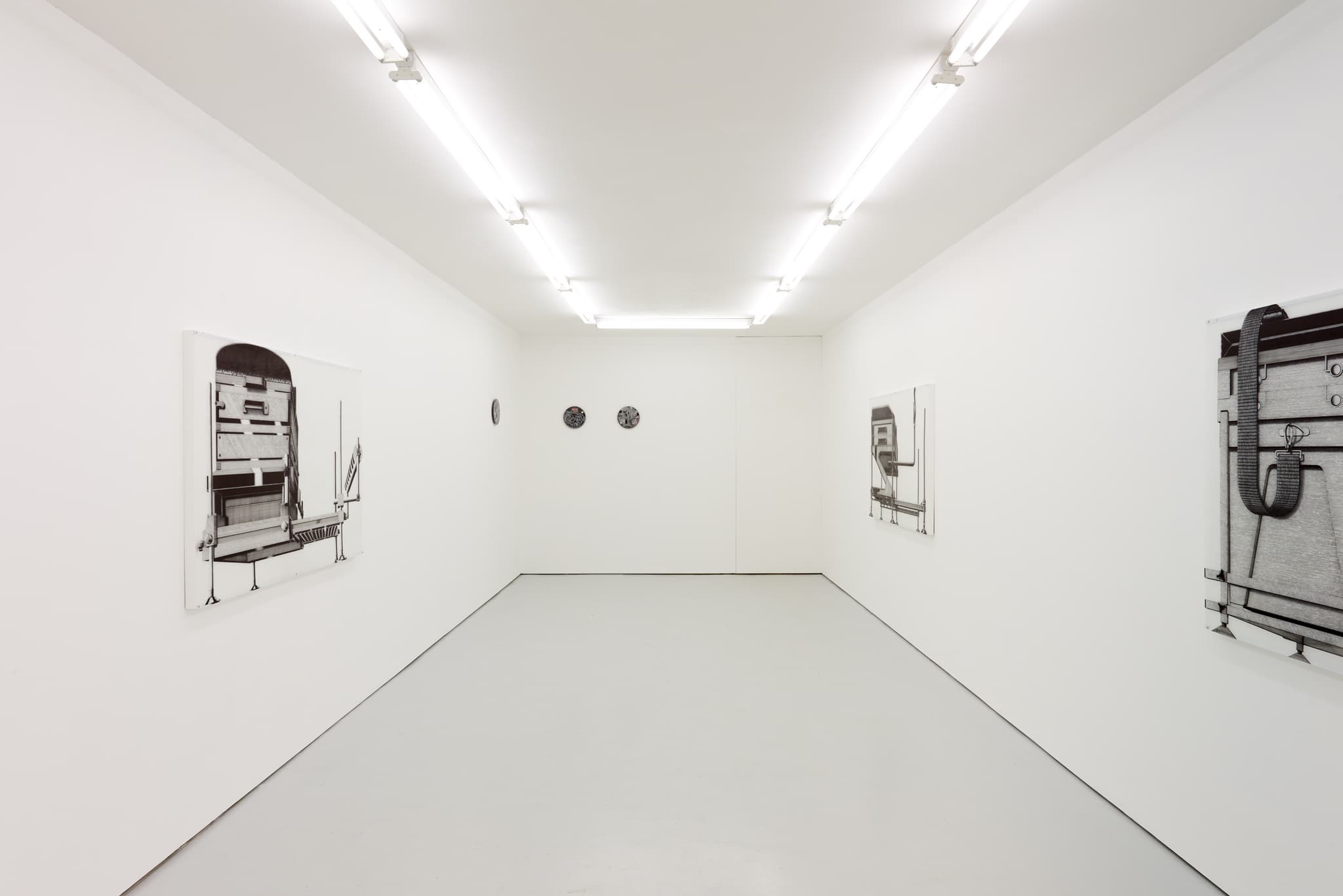
Installation View
Michael Andrew Page
FYSSHYNGE, 2019
Gao, London
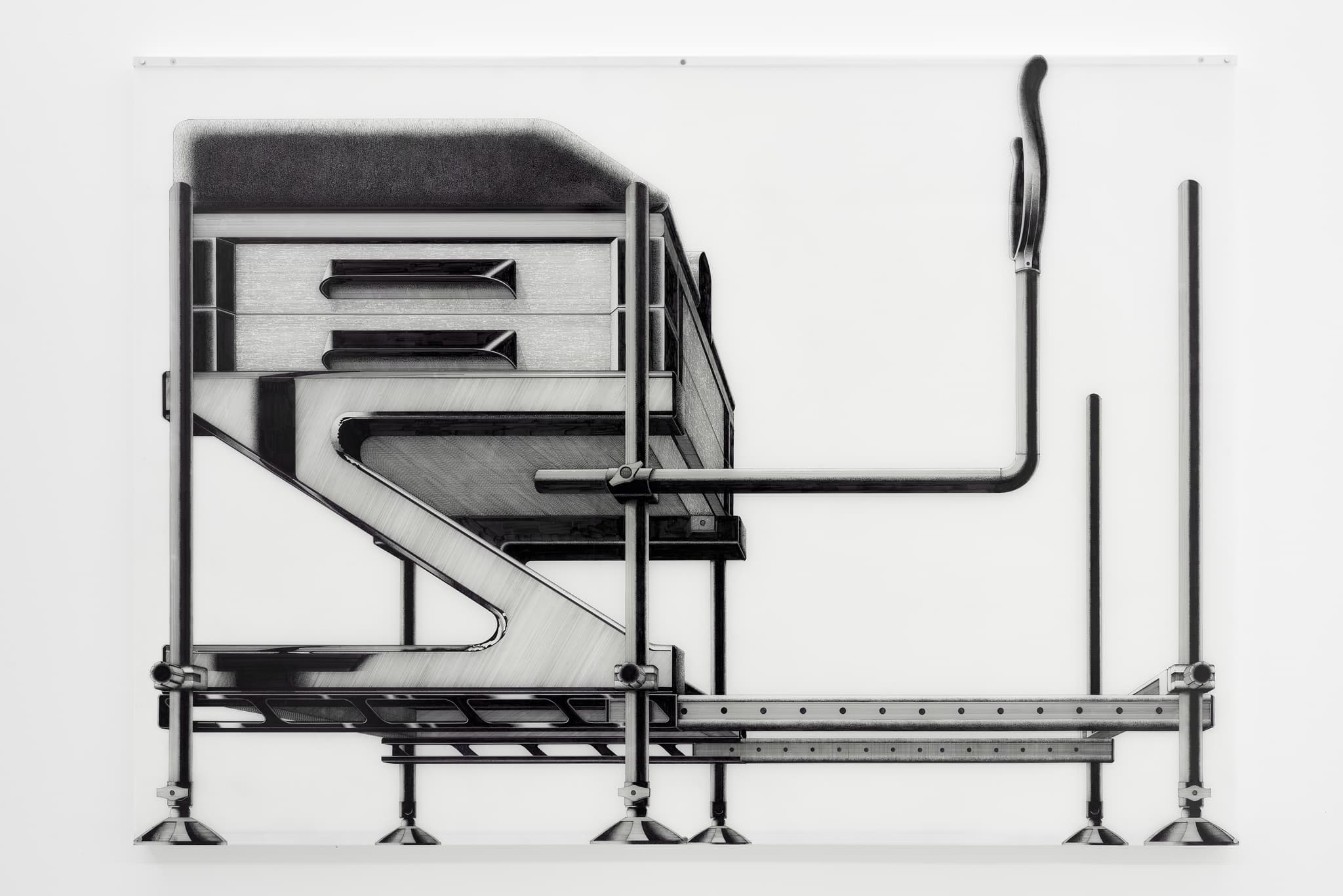
Michael Andrew Page
Tournament Throne #2
2019
Pigment ink on drafting film
100 x 140 cm
39 3/8 x 55 1/8 in
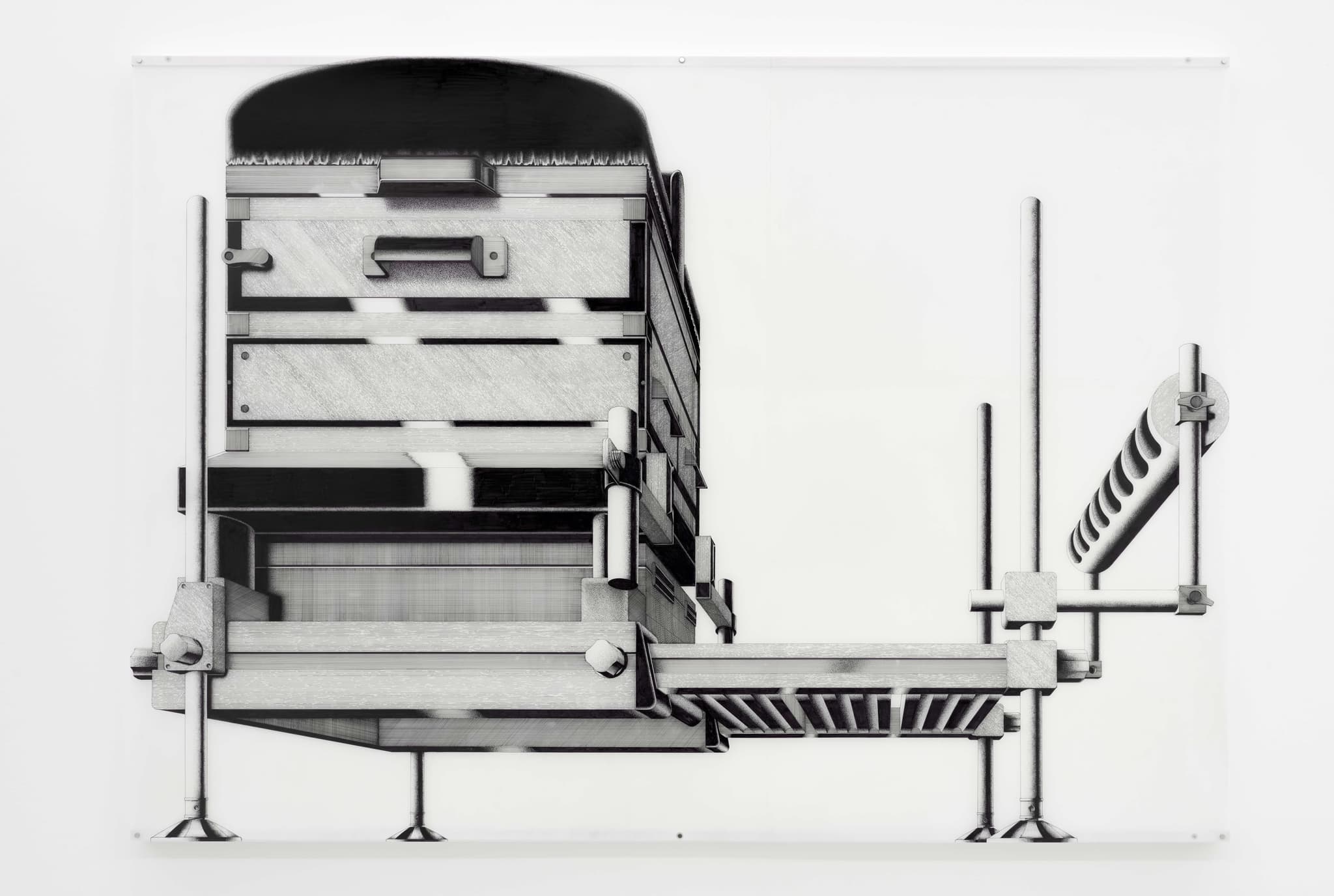
Michael Andrew Page
Tournament Throne #1
2019
Pigment ink on drafting film
100 x 140 cm
39 3/8 x 55 1/8 in
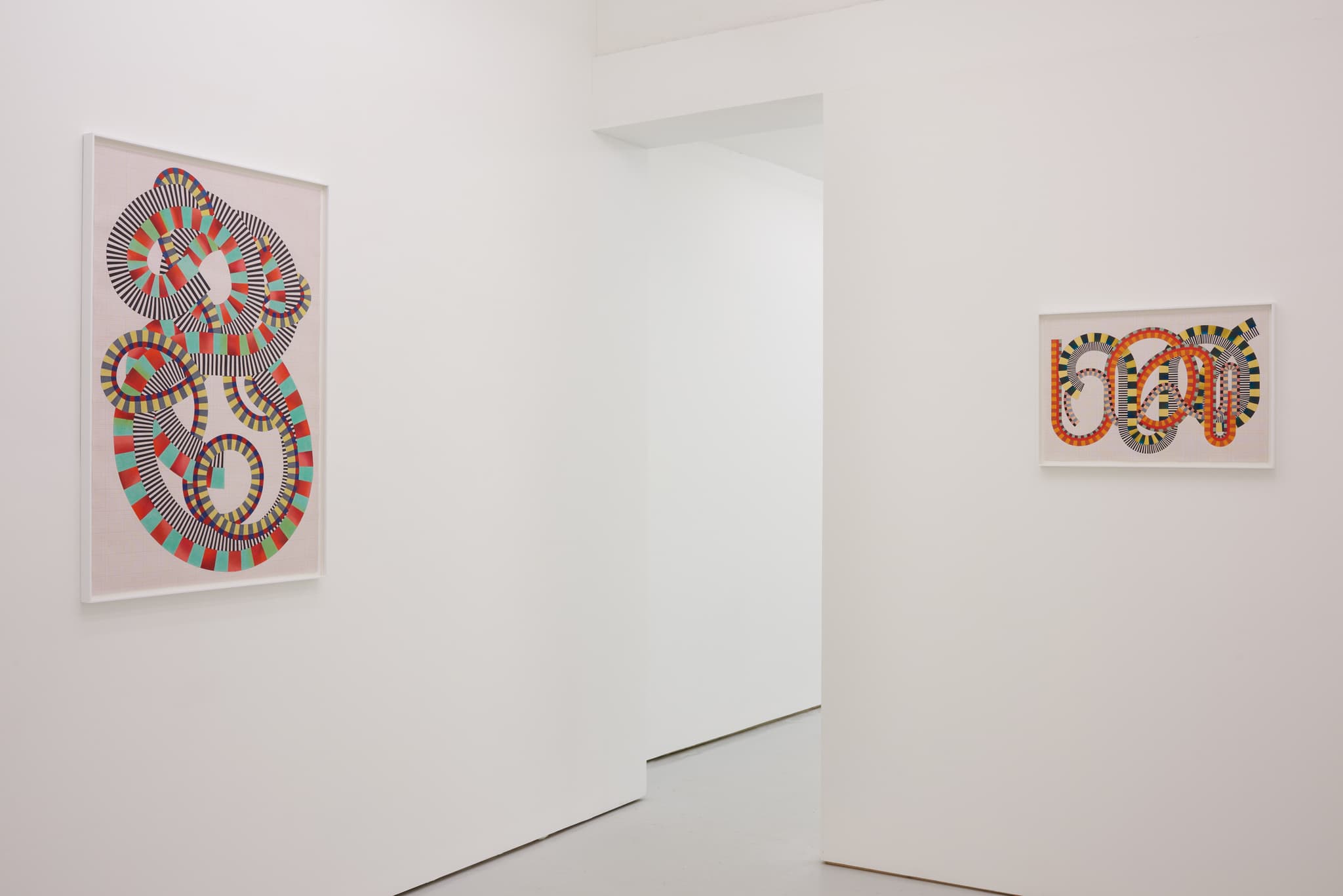
Installation View
Michael Andrew Page
FYSSHYNGE, 2019
Gao, London
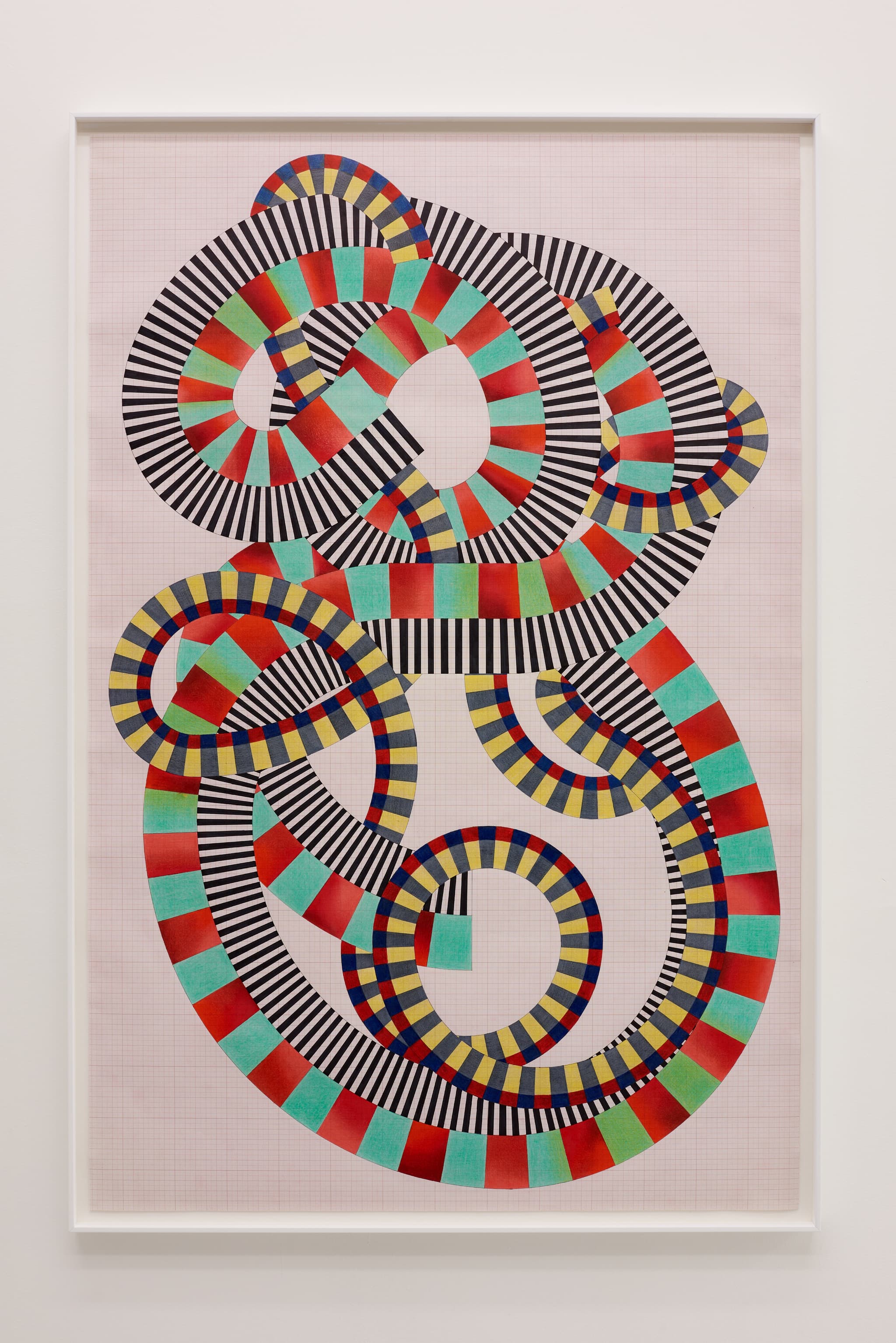
Michael Andrew Page
Paroxysmal Object (drawing #4)
2018
Coloured Pencil and Pigment Ink on Graph Paper
102.7 x 68.5 cm
40 x 27 in
Solo Exhibitions
Group Shows
Michael Andrew Page, Sean Steadman
The Sleeping Procession
Cass Sculpture Foundation, West Sussex

Anna Jung Seo, DIS, Clémentine Bruno, ...
Frieze LA 2023
Frieze, Los Angeles
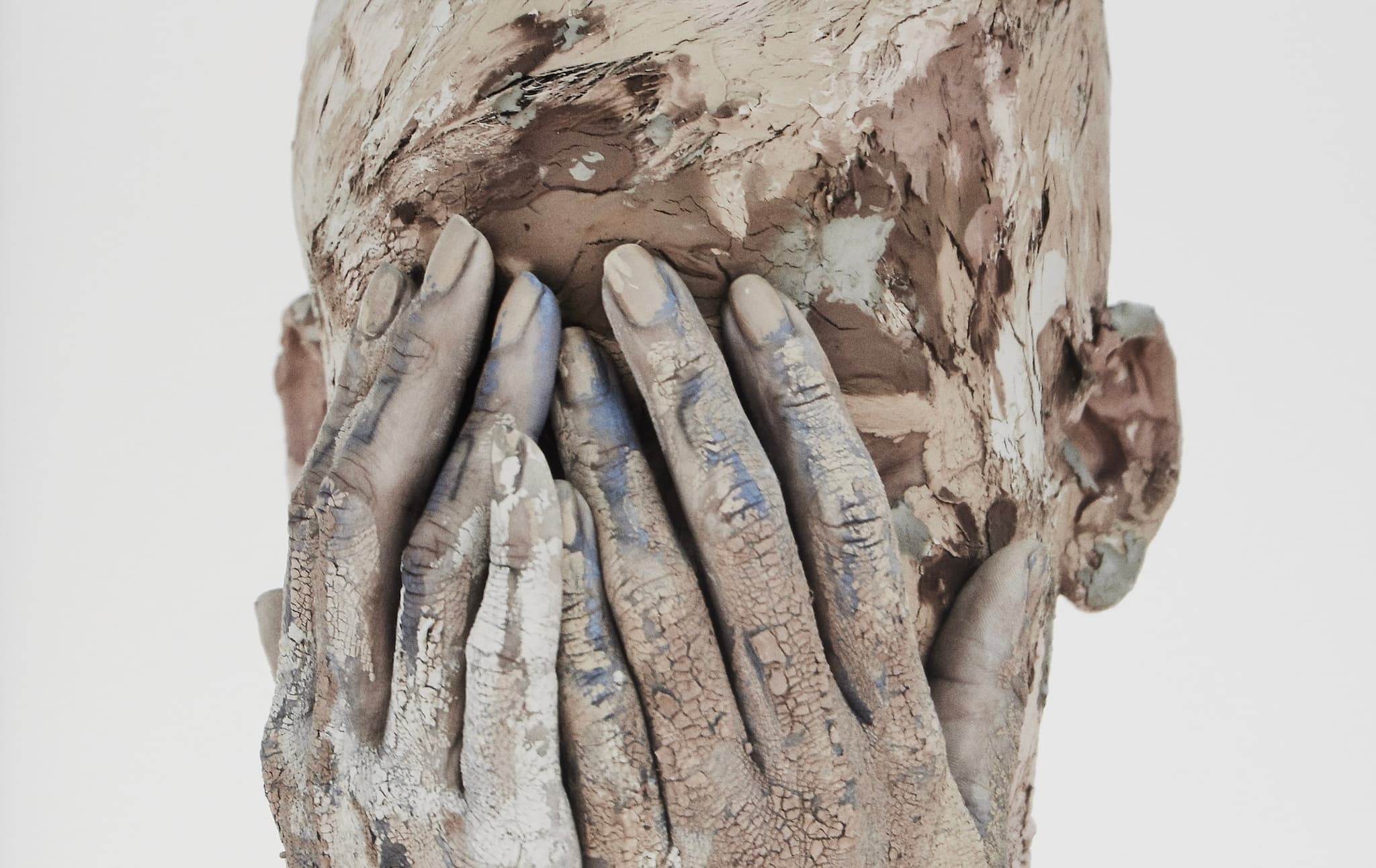
DIS, Juliana Huxtable, Michael Andrew Page, ...
Frieze London 2022
Frieze, London
